Named Las Tortugas (the turtles) by Spanish explorer Ponce de Leon in 1513 for the many sea turtles there, “dry” was added to mariner charts to advise of the absence of fresh water on the island. The first structure built on 16-acre, Garden Key (the largest of the 7 islands) was a lighthouse in 1825 to warn of the coral shoals. Construction of massive Fort Jefferson began in 1846.
Initially, we were going to take the ferry (2.5 hours each way; $162/per), but as we figured out the details we decided that was not a good option for us. The ferry departs Key West at 7:30 am; you must arrive 45 minutes early; and, we were staying 1.5 hours away in Marathon. The return ferry arrives in Key West 5:30 - 6:00 pm. We would have to either board Sadie, our dog, or find a reliable pet sitter (not to mention get up VERY early). In the end we opted for the more expensive seaplane means of transportation to the park ($342/per). It was the first time either of us had flown in one and it was a great adventure in and of itself! Highly recommend.
The plane accommodated 10 passengers and the pilot provided interesting commentary as we flew over the “Flats,” shallow water extending almost 20 miles west of Key West. We could see turtles, sting rays, and sharks. With many uninhabited mangrove islans in the area, only one has a private house (and it is for sale for $16M!). We also flew several shipwrecks including the Arbutus, a 70’ vessel used by salvage divers at the looking for treasures of the Spanish galleons, Atocha and Margarita. Over $500M worth of gold, silver and gems are scattered over an 8-mile area.
The seaplane landed near the south coaling dock ruins. The ferry was preparing for departure, while the pilot took us near shore.
Popular activities at the park include touring the fort, snorkeling, swimming, birding, and fishing from the dock. Private vessels must obtain a permit (free) for overnight anchorage in the harbor and primitive camp sites are also available (on first come, first serve basis). You must be totally self-sufficient when you visit Dry Tortugas (packing in everything you need and taking all trash out). We toured the fort first.
Fort Jefferson is one of our nation’s largest masonry forts of the 1800s, covering 11 acres. The site was selected to protect shipping in the Gulf of Mexico and Atlantic-bound Mississippi River trade. Construction continued for 30 years but was never finished. From the large parade ground we could see the ruins of the tiers, as well as the restoration work underway on the harbor light.
The arched ceilings of the intricately built casements were designed to handle the massive weight of the bricks and cannons in the upper tiers. An innovative system to collect and store rainwater (30” annually) for the estimated 1,500 residents was designed by the fort engineers. Collected on the top tier, the rainwater was filtered through sand to drainpipes in the wall into 109 cisterns beneath the first-level casements. They could hold a total of 1.5M gallons! A hatch in each casement provided access to the water and a 92,000 gallon cistern near the center of the fort is still in use today. During the Civil War, two steam condensers processed 7,000 gallons of seawater to fresh water daily.
The large structure with a curved roof was one of two magazines where ordinance was stored.
The hot shot furnace was used to heat cannonballs (in a coal) fire that were carried to cannons in the fort. The concept was to set wooden boats on fire when struck by one.
We climbed to the top tier where a path provides fantastic views of the fort, surrounding moat, and nearby keys. Ruins of the officer’s quarters are shown in the second photo. A three-story building on the parade grounds housed the 1,500 troops, but it was torn down in the 1960s.
You can see Loggerhead Key in the distance. The lighthouse there was built in 1857 and is, amazingly, still standing!
On the second tier was the fort’s chapel. From this vantage point we saw the damage caused by Hurricane Irma in 2017 to the moat wall.
During the Civil War, Fort Jefferson was a federal military prison, primarily for captured deserters. Four men convicted of complicity in President Lincoln’s assassination were also held here in 1865. The most famous prisoner was Dr. Samuel Mudd, who assumed the role of prison physician shortly after arriving due to the death of the previous doctor. Yellow fever epidemics were common on the island and Dr. Mudd played a key role in helping patients enabling him to be pardoned several years later.
Masonry forts became obsolete when the rifled cannons were invented as they could penetrate the thick brick walls. Fort Jefferson was abandoned in in 1874. Designated a wildlife refuge (to protect nesting bird eggs) in 1908, Fort Jefferson was named a National Monument in 1935. In 1992, Dry Tortugas gained the status of a National Park.
After our tour of the fort, we went to the swim beach for some snorkeling (the seaplane company provided our gear). It was a bit overcast but still warm enough for a swim. We swam along the wall and out to the dock ruins seeing colorful fish and corral along the way.
Collecting and bringing back any artifacts, coral or shells from the park is prohibited, but there are plenty to see!
We saw this young lady catch about 5-6 fish from the dock while we ate our picnic lunch. Various shore birds were enjoying the dock, too. Private sailboats were anchored in the harbor.
And our seaplane arrived for our return trip. The thin peninsula of land on Garden Key is a bird sanctuary.
The sun was setting while we fly over the Marquesas Islands, an uninhabited coral atoll (a circular group of coral islands).
Below is a aerial view of Key West as we returned to the airport. The last visages of the sunset were gorgeous.
This was an experience of a lifetime and we were so glad we decided to make the trip. Loved it!
For additional information about Dry Tortugas National Park, go to www.nps.gov.drto. Details about how to visit the park can be found there as well.
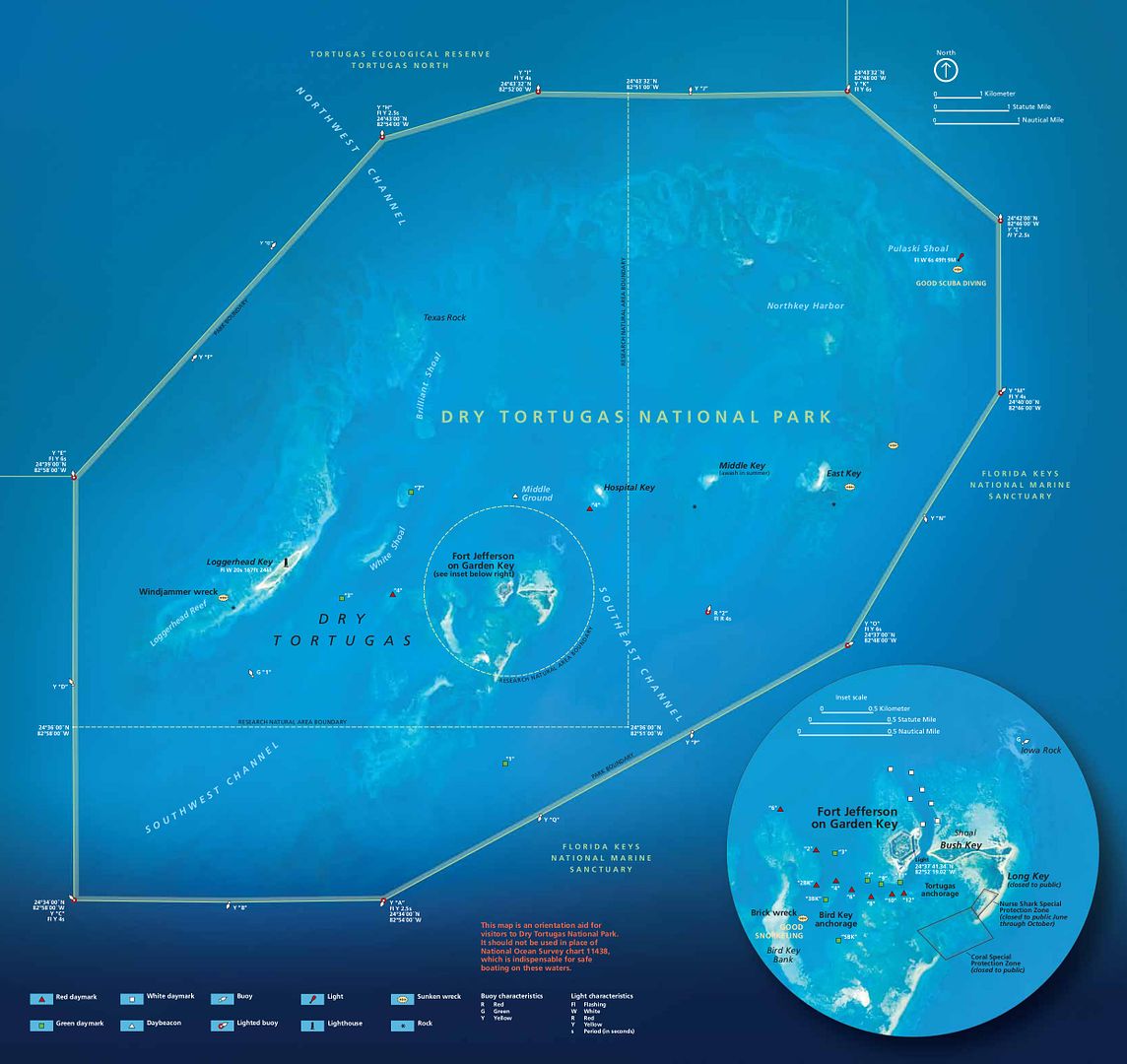
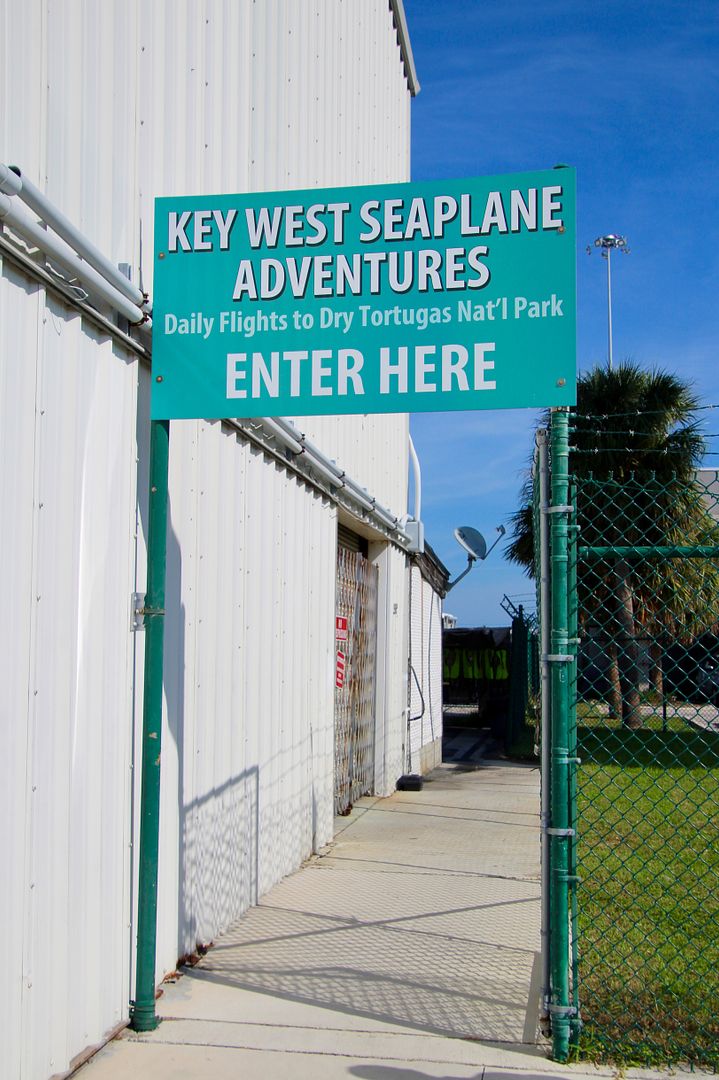
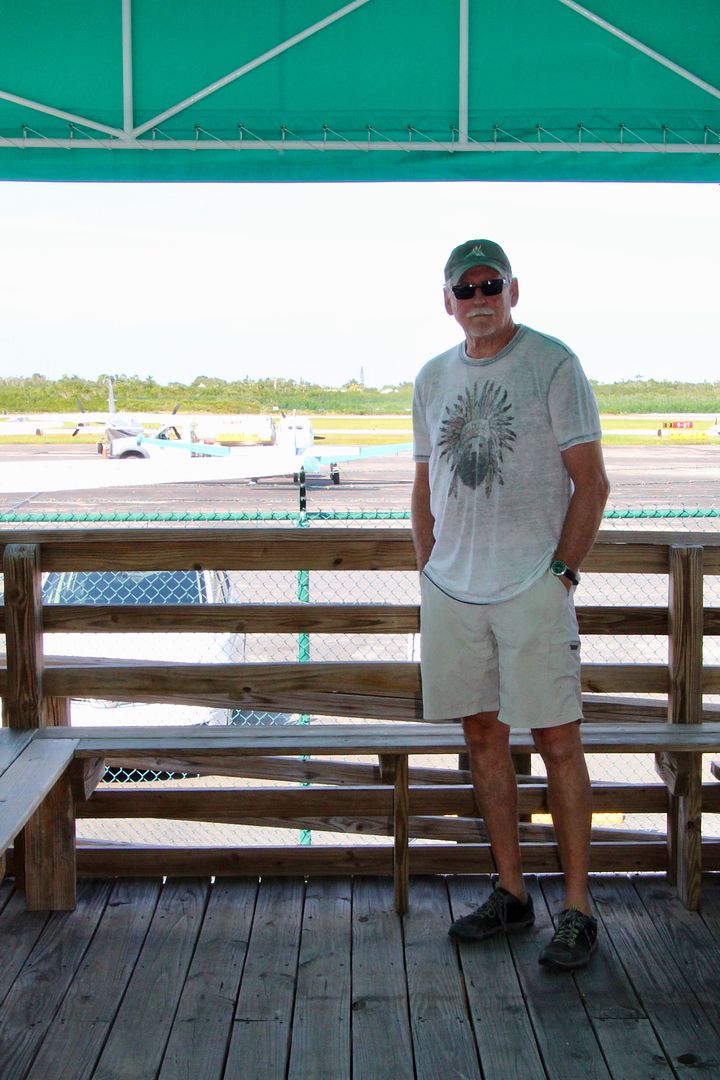
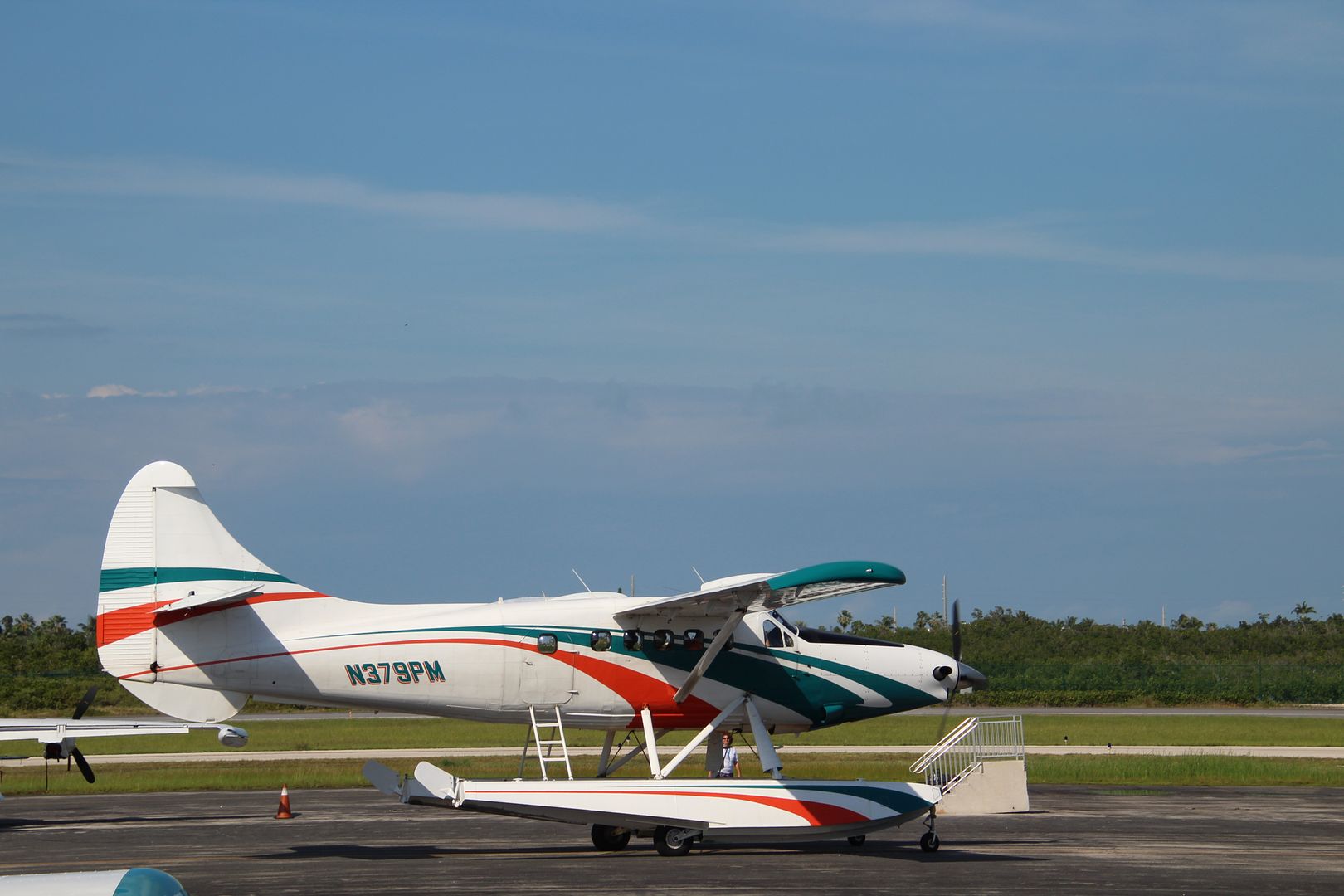
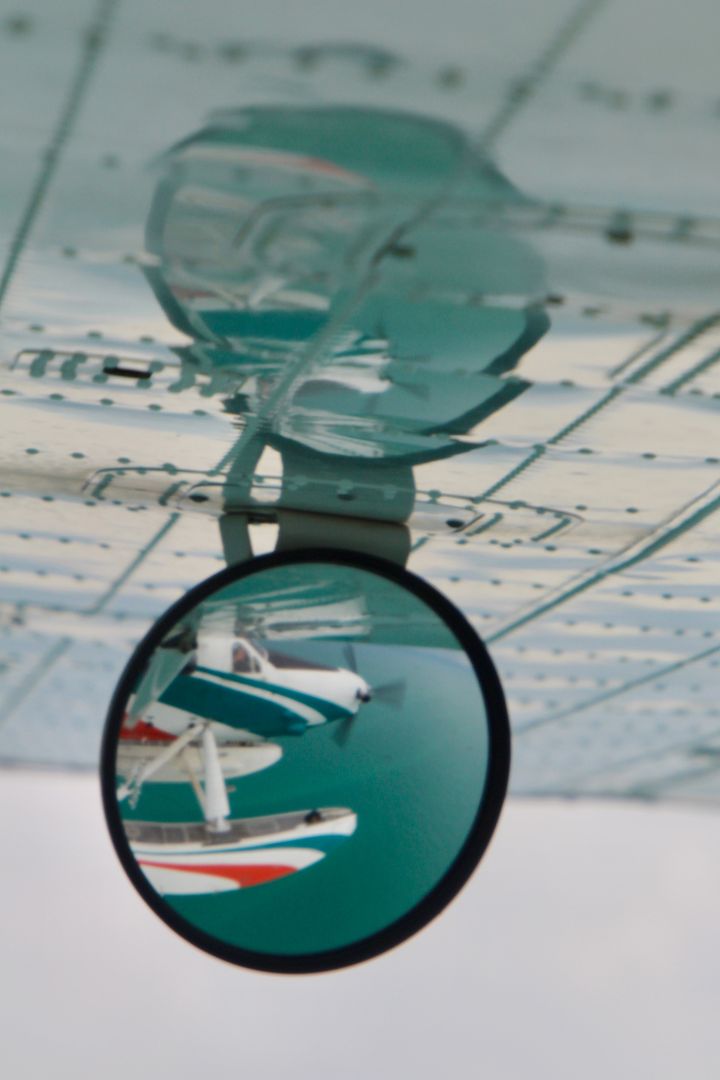
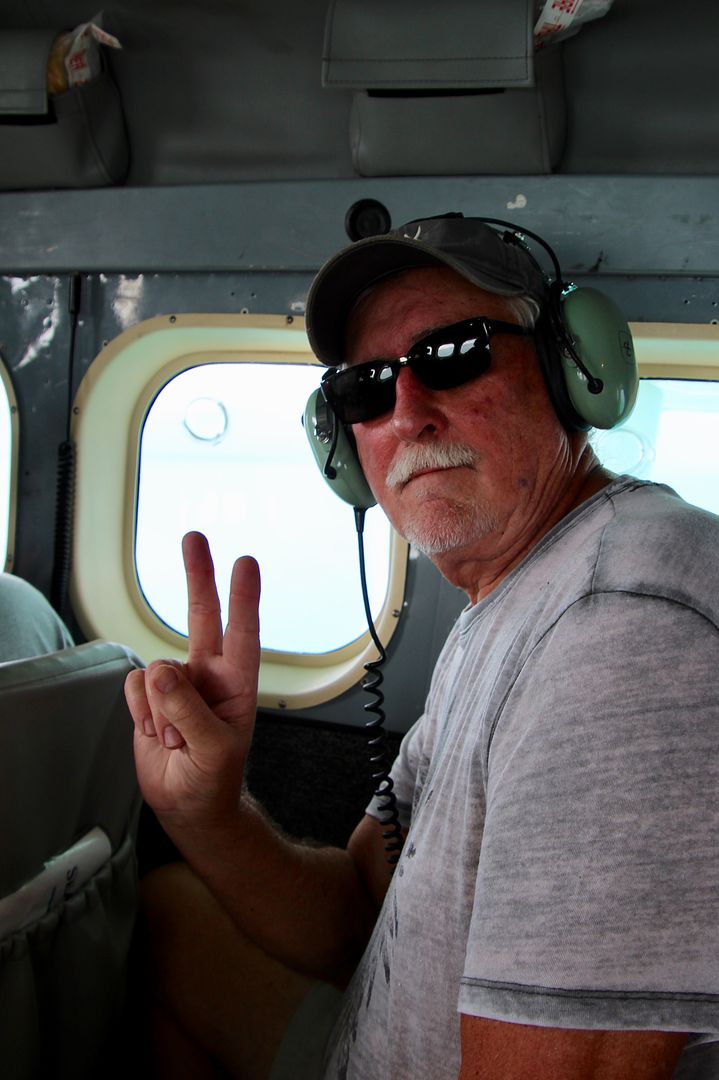

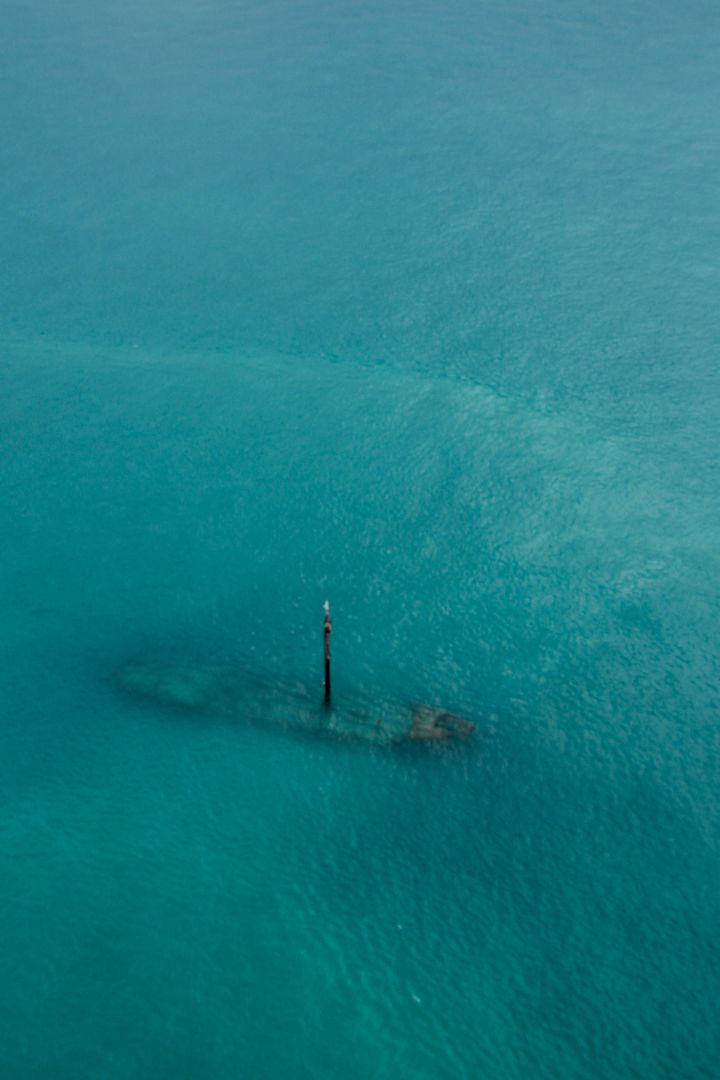
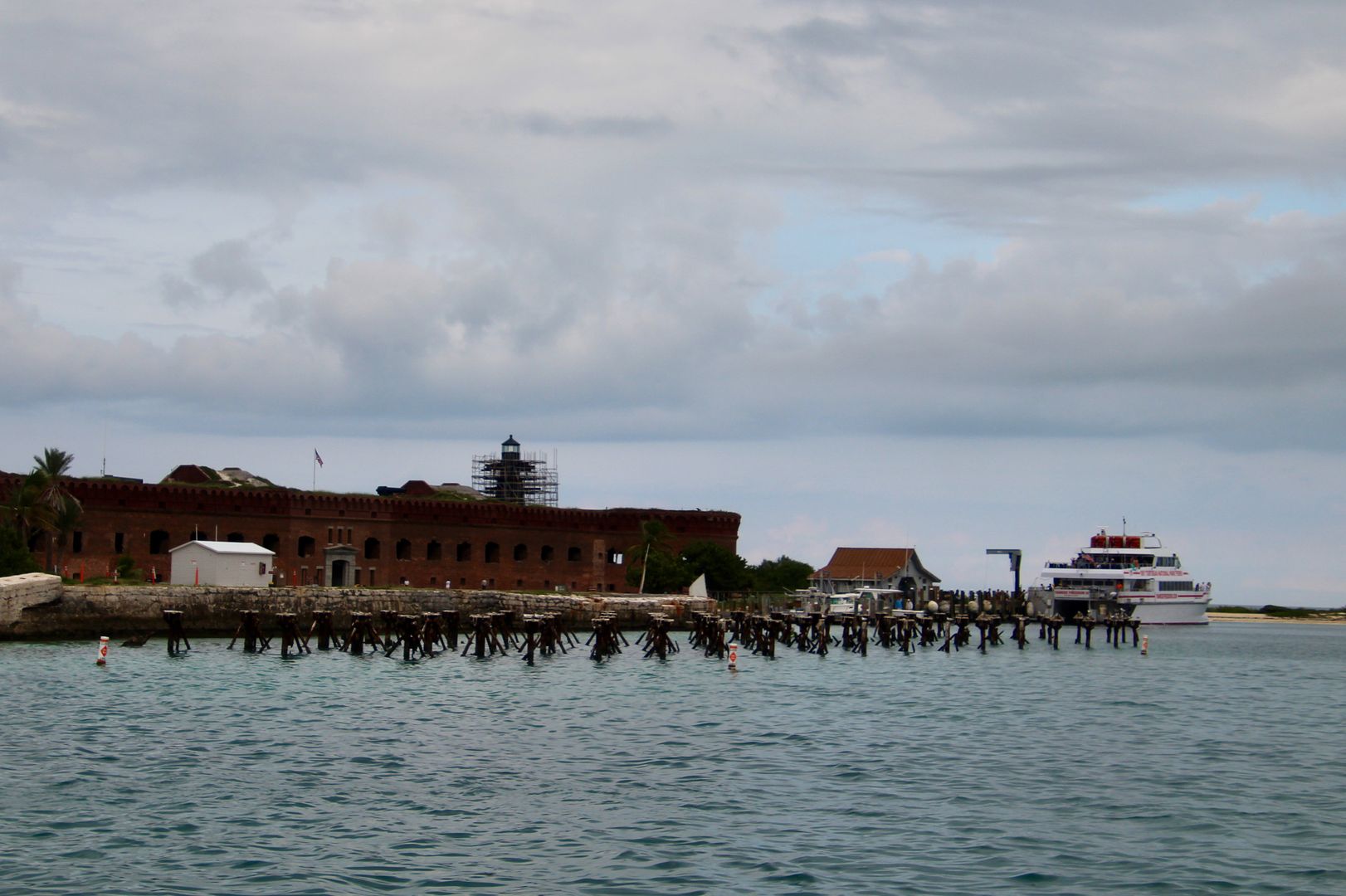
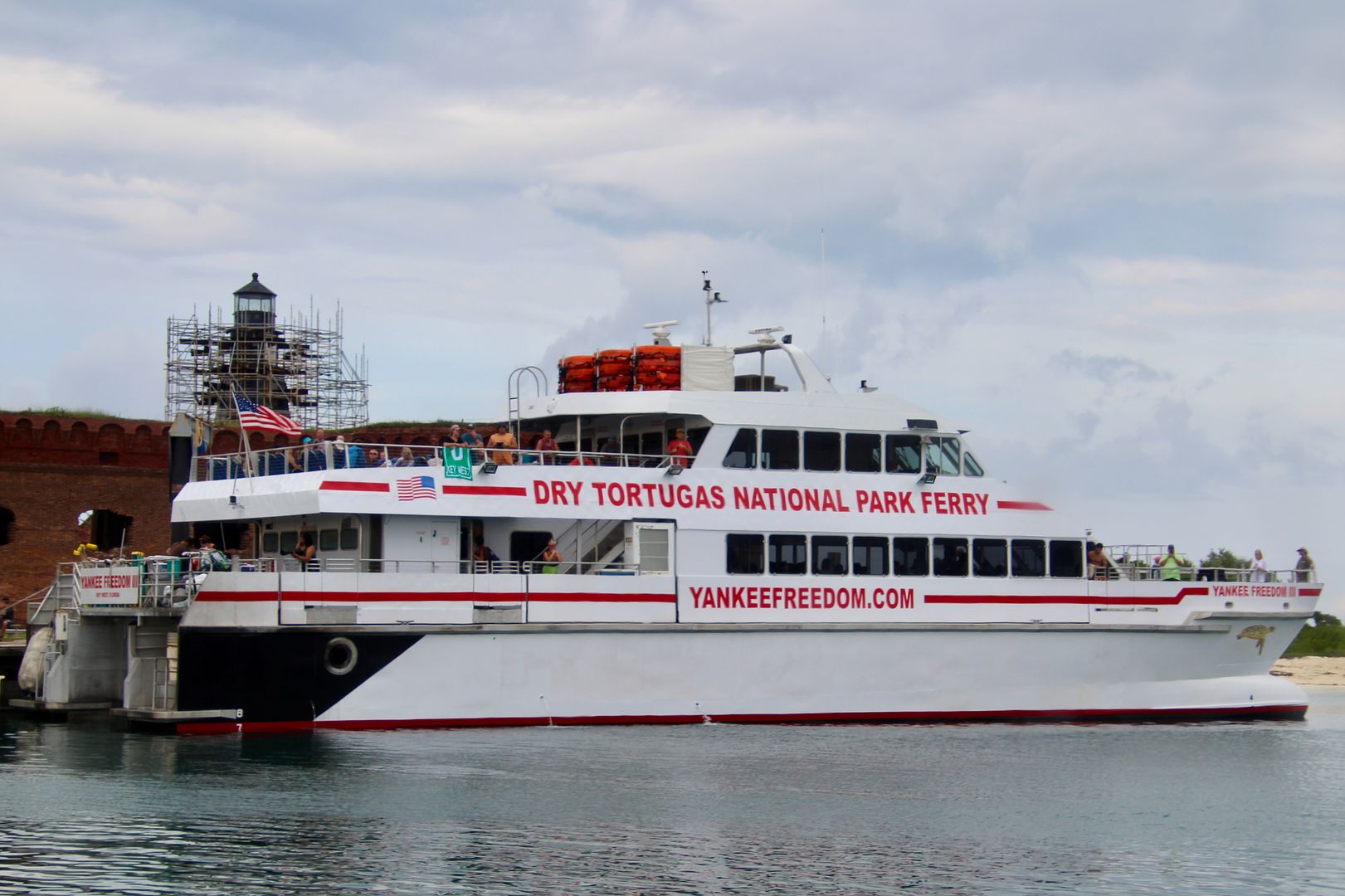
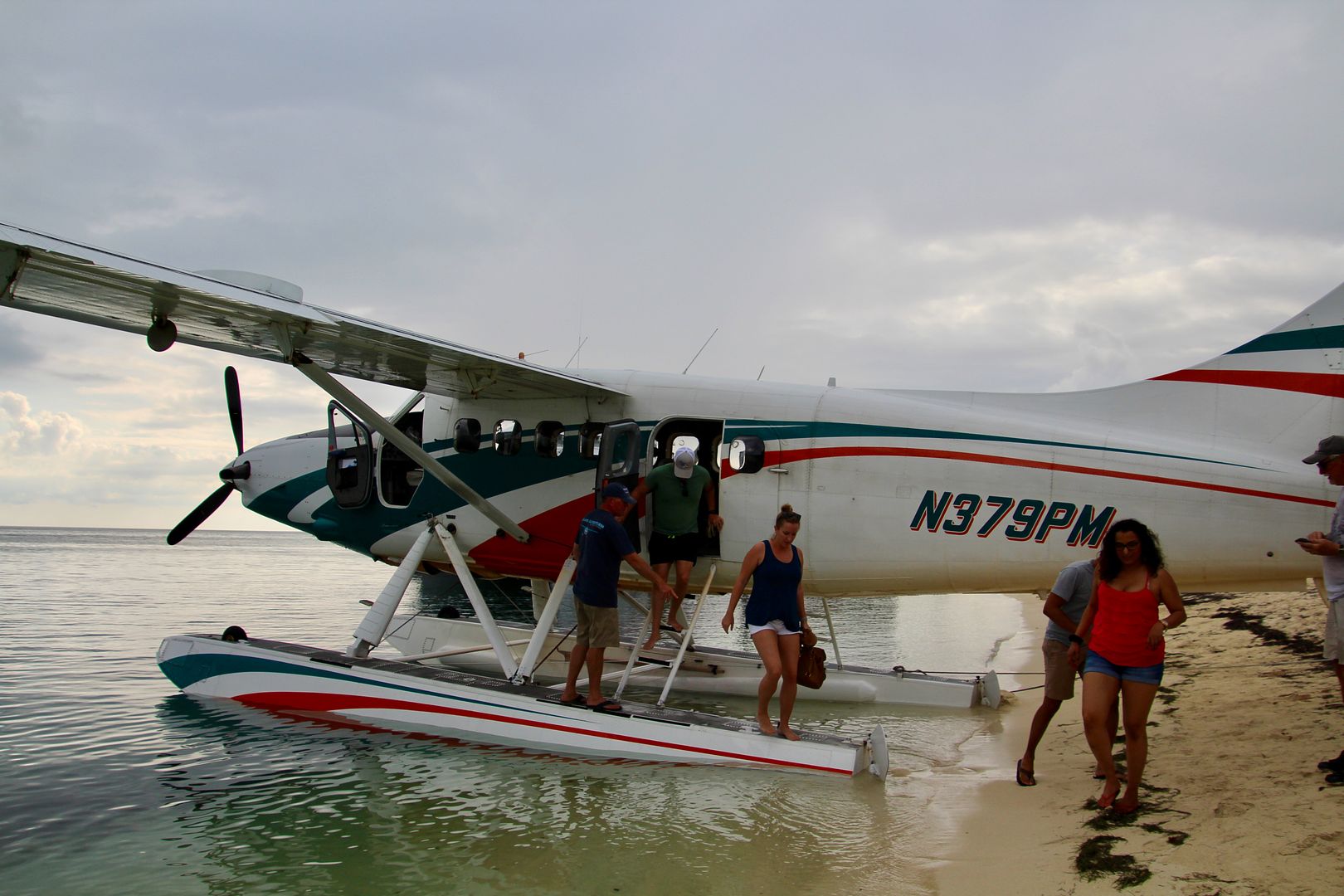
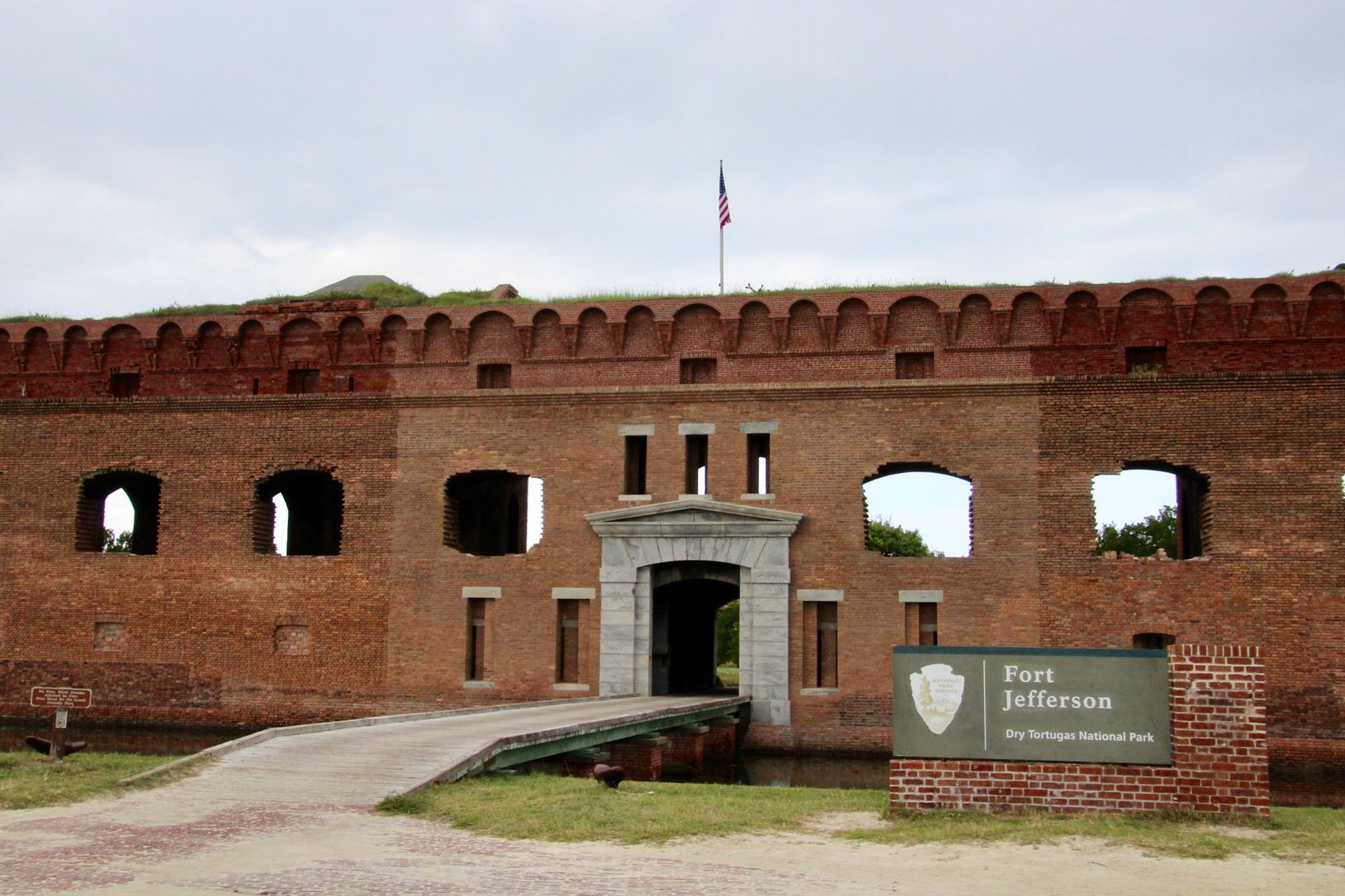
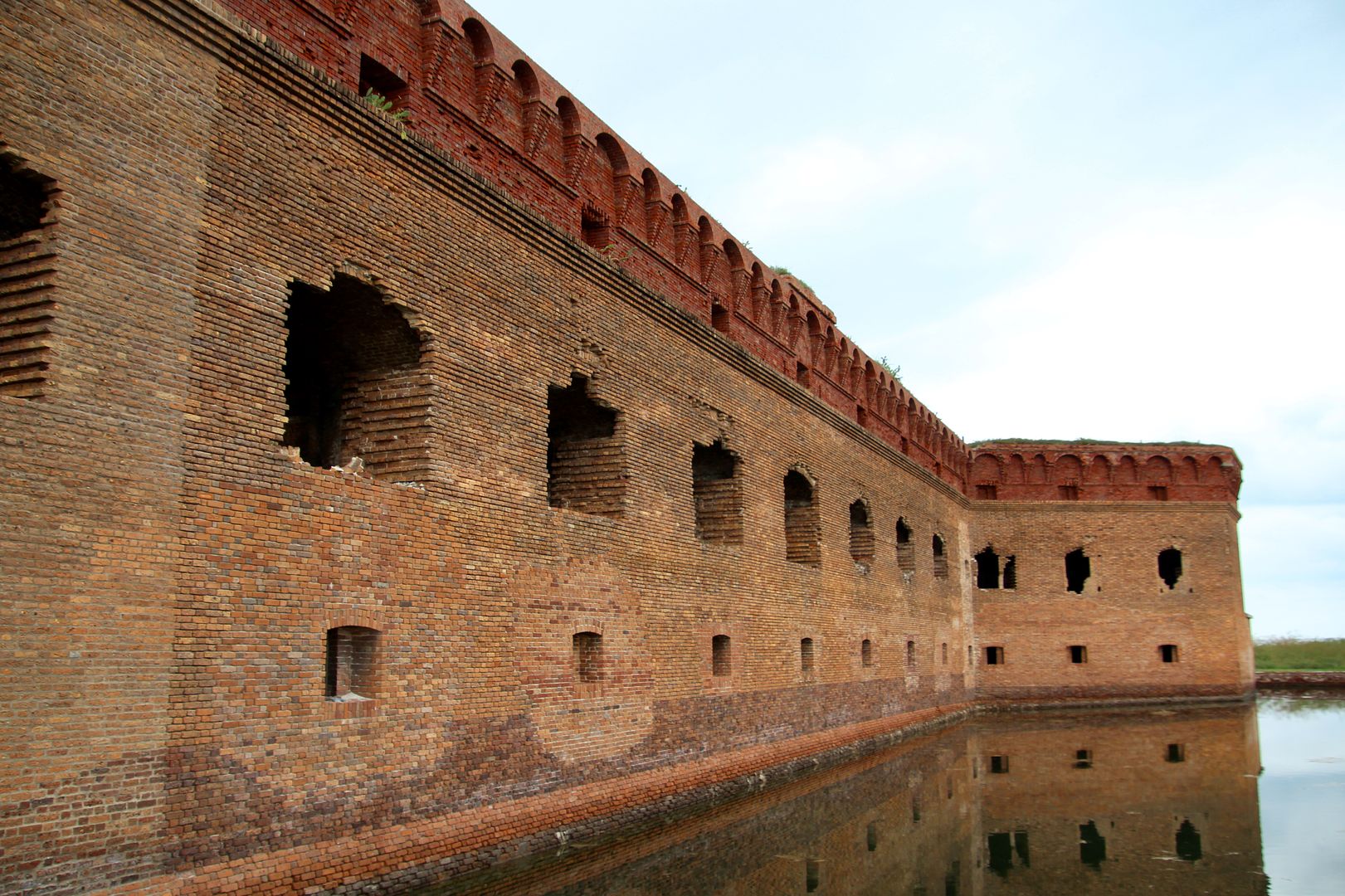

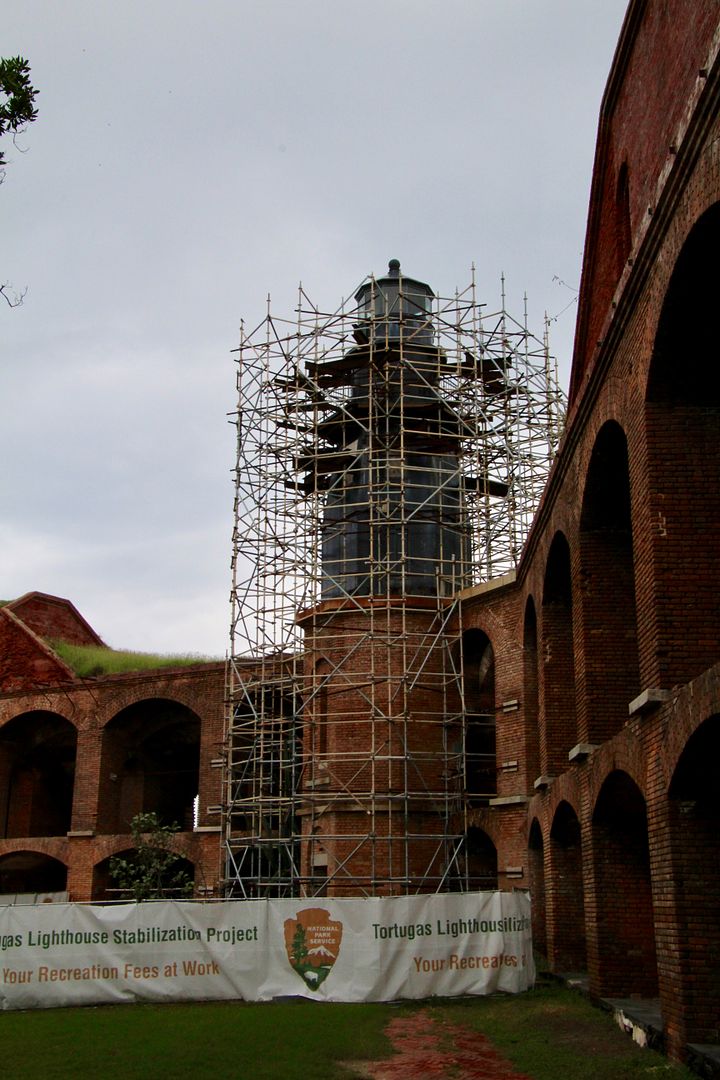
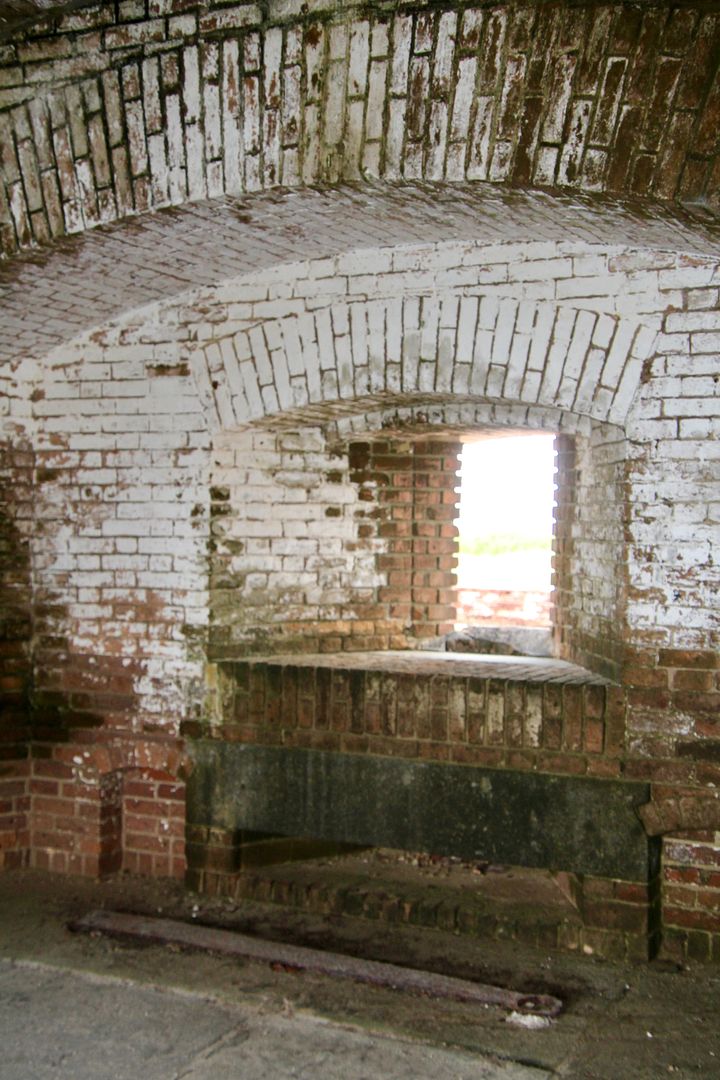
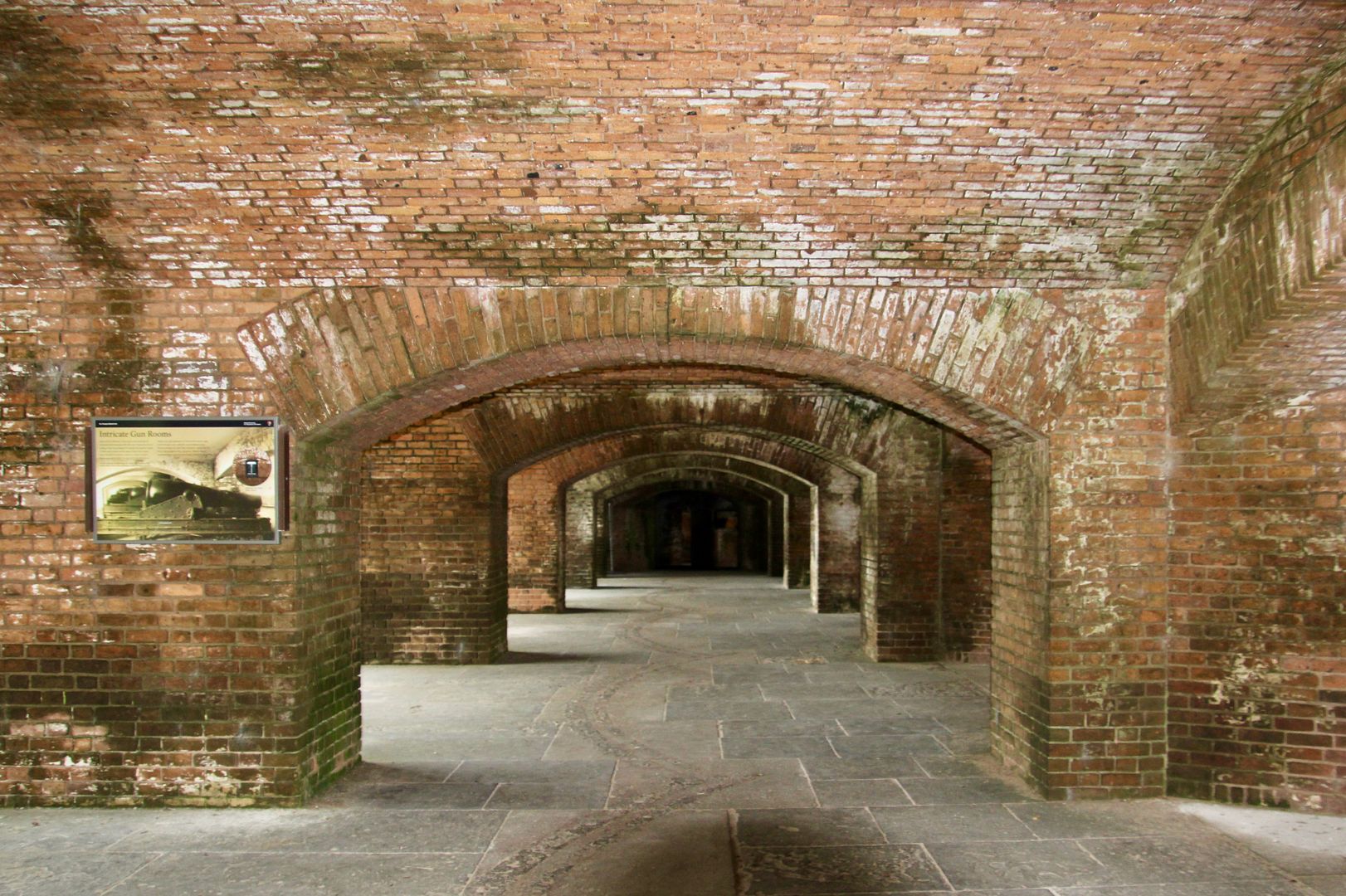

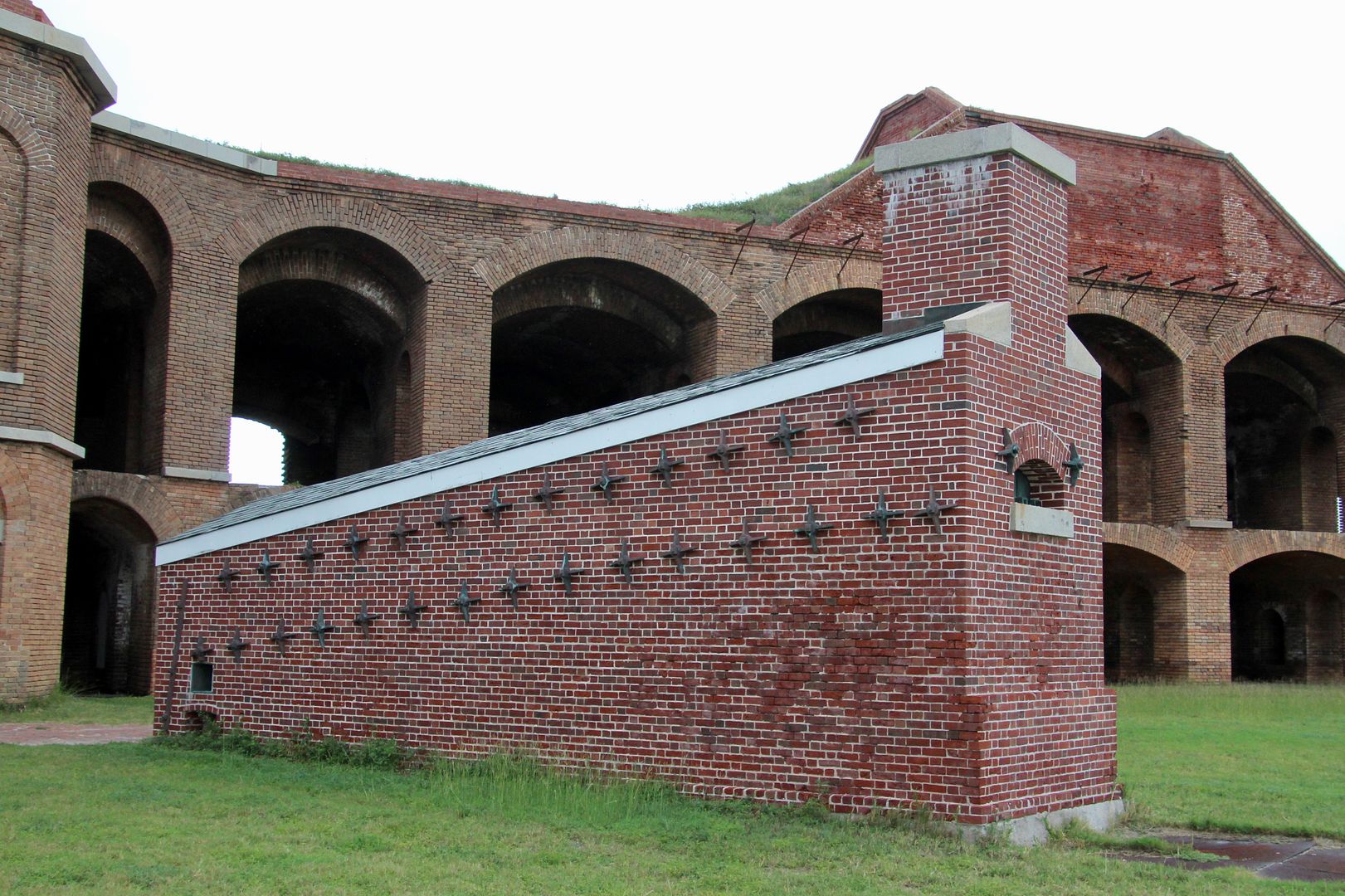
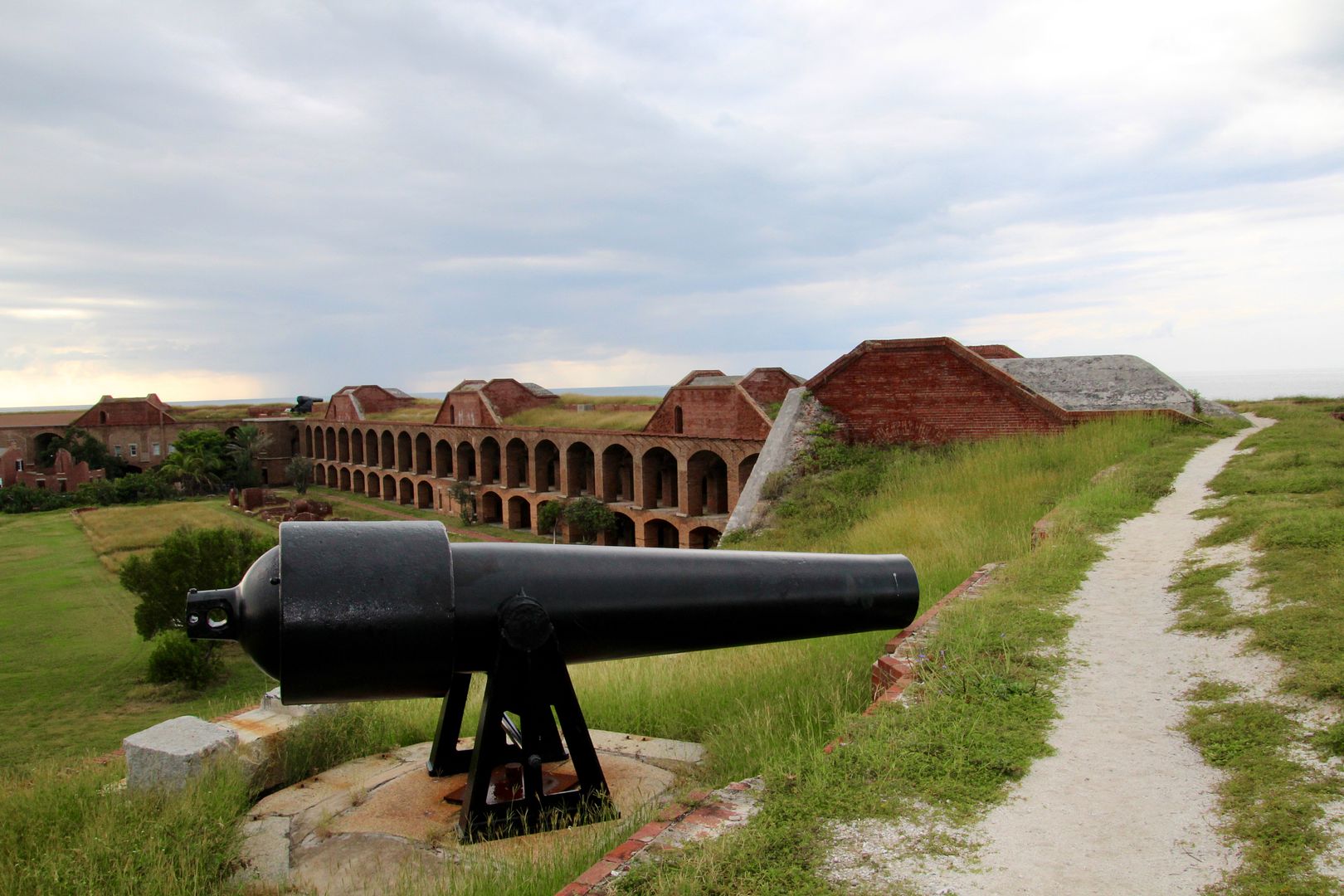
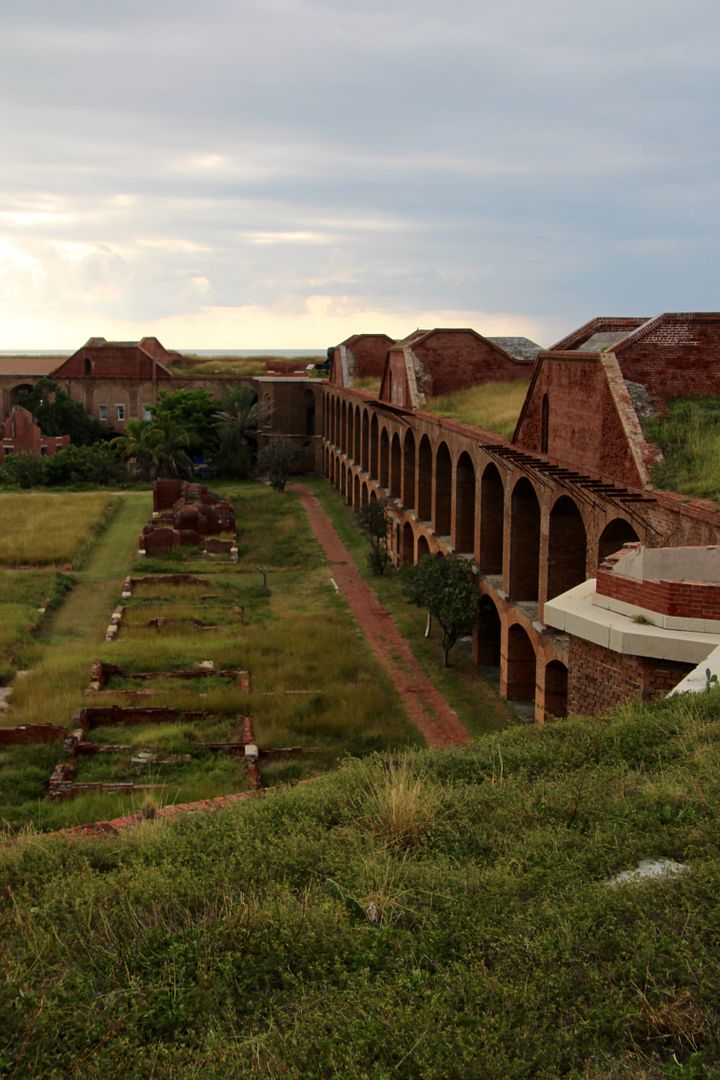
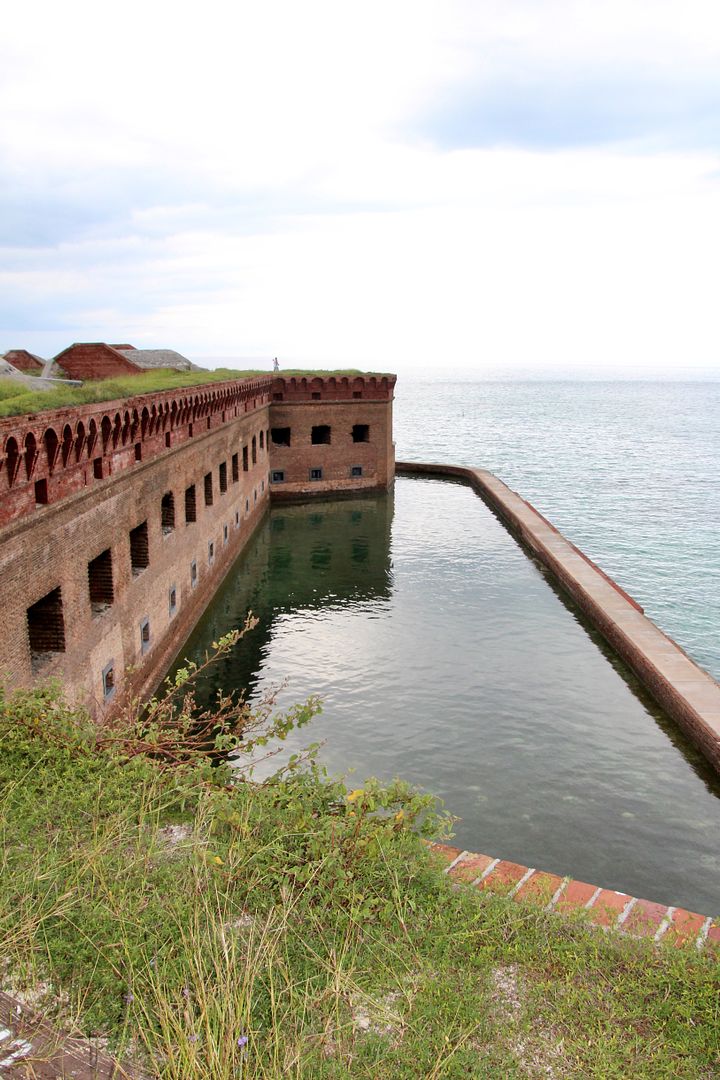
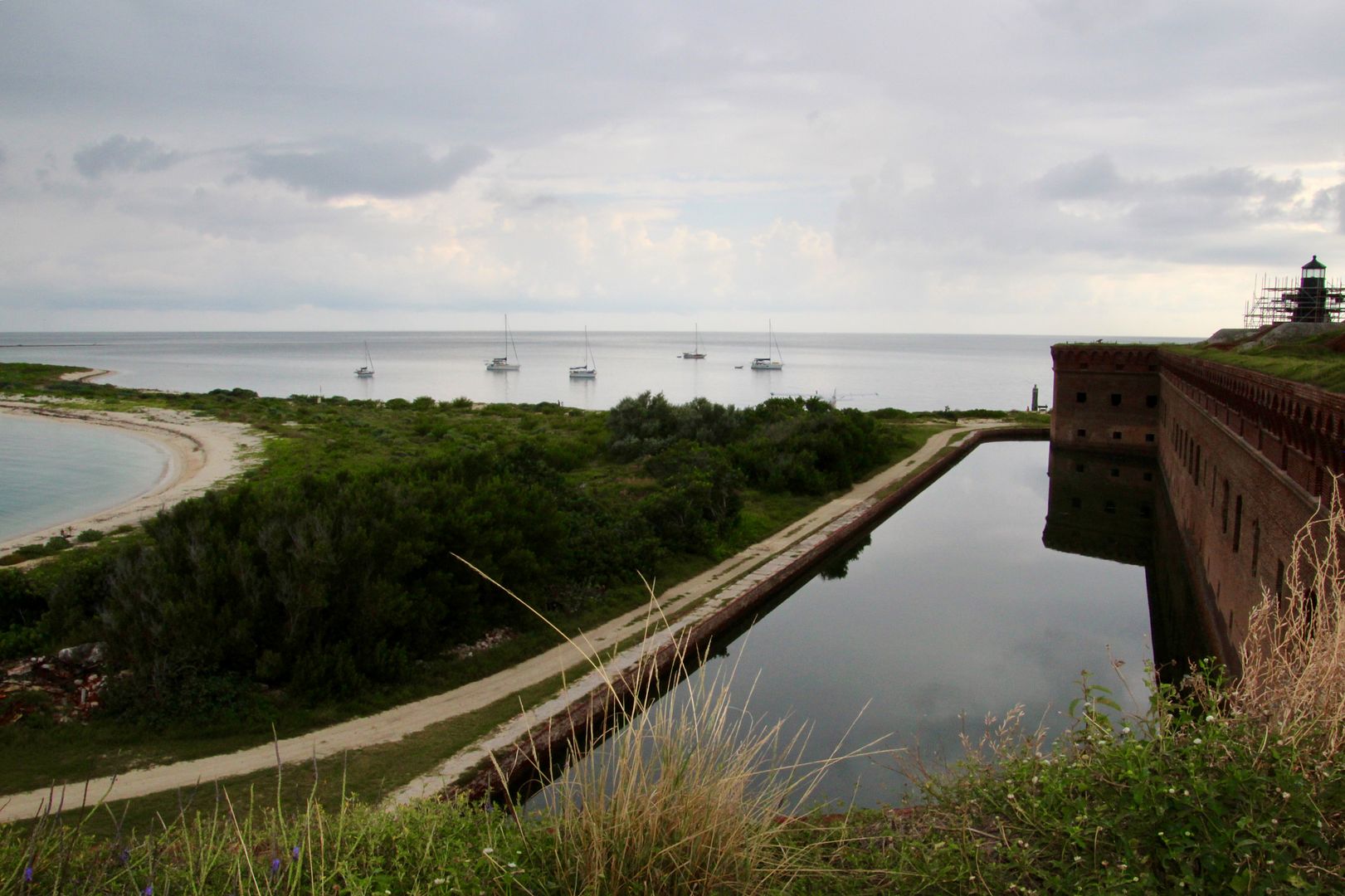
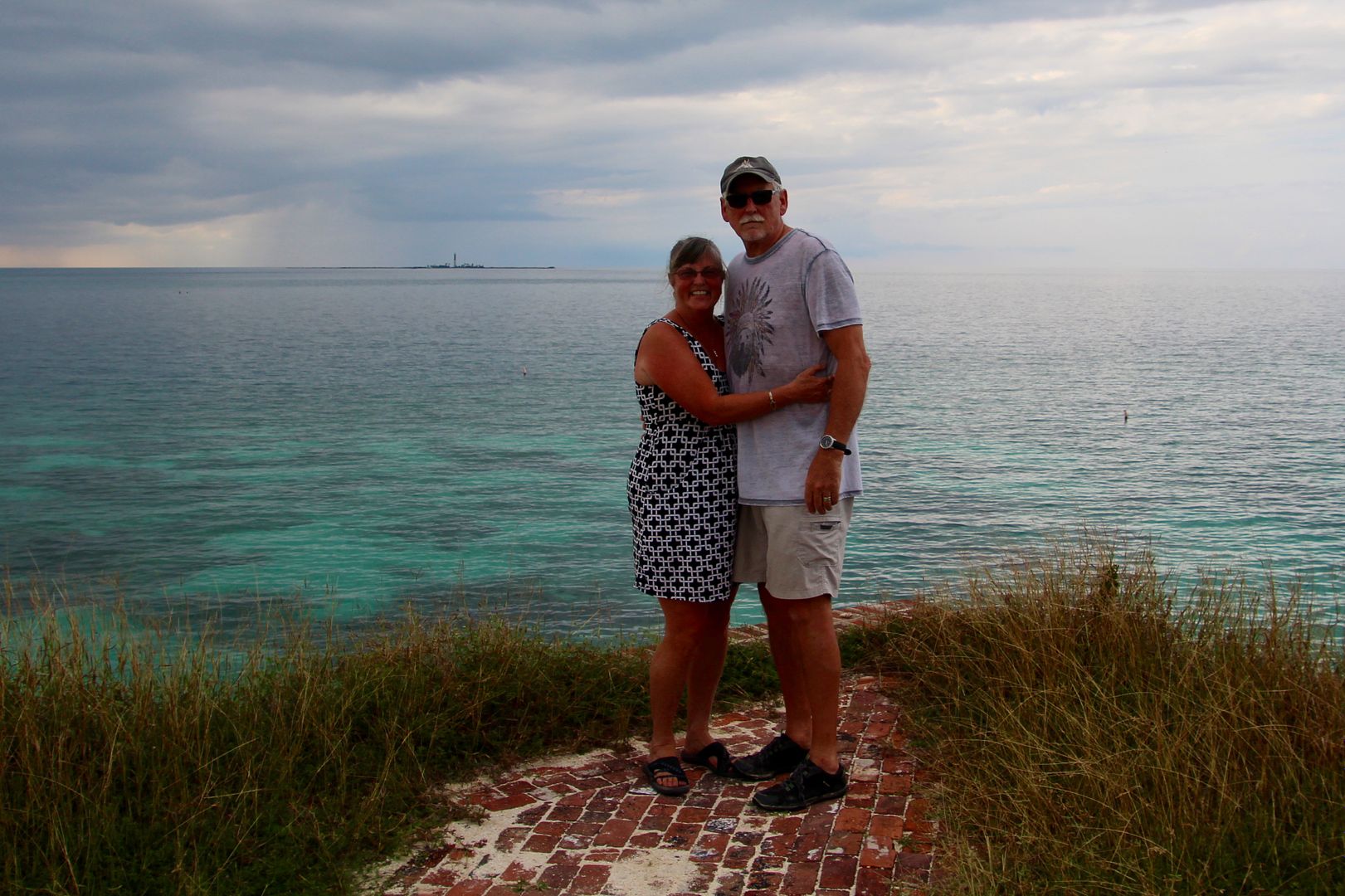
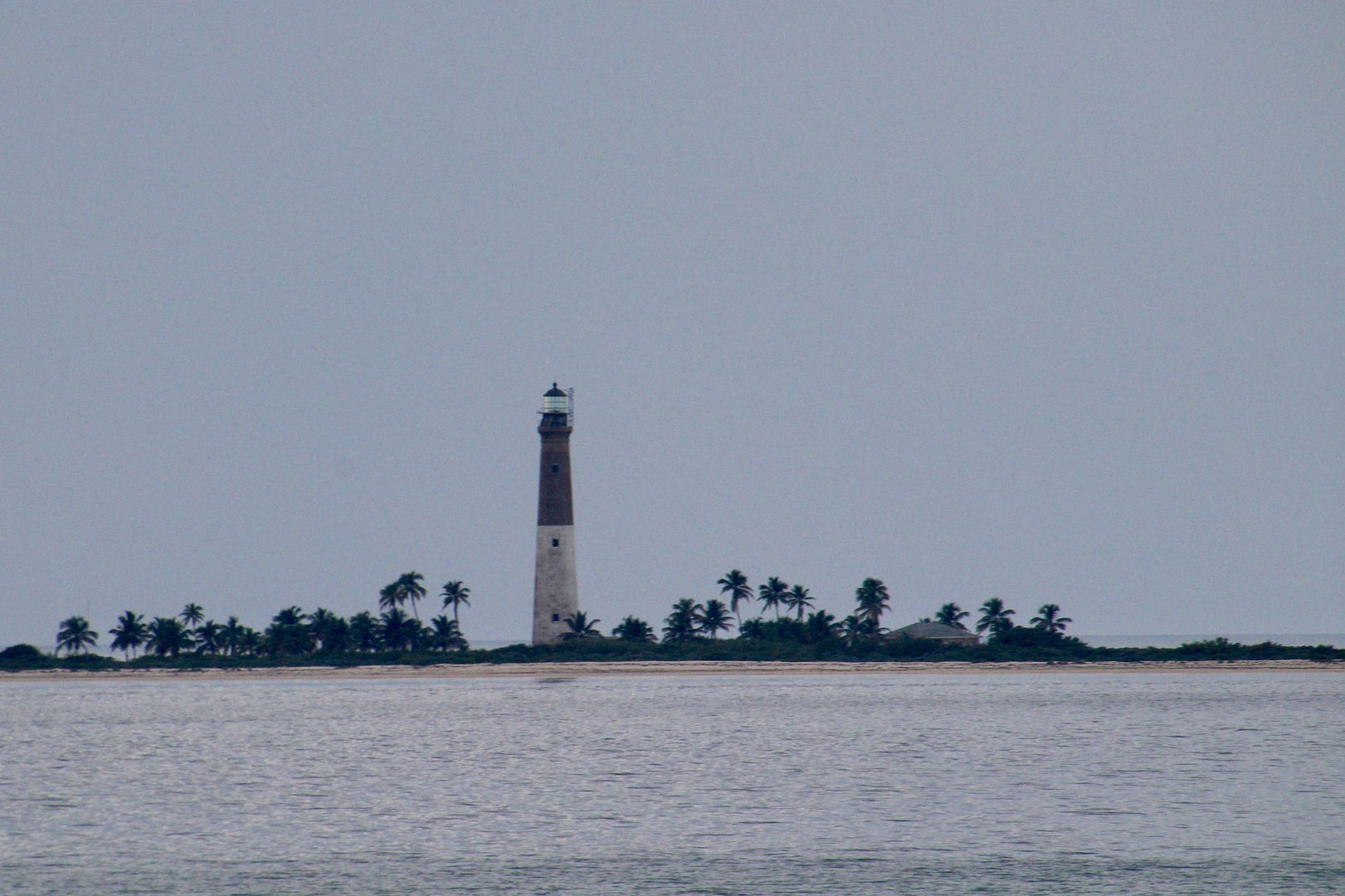
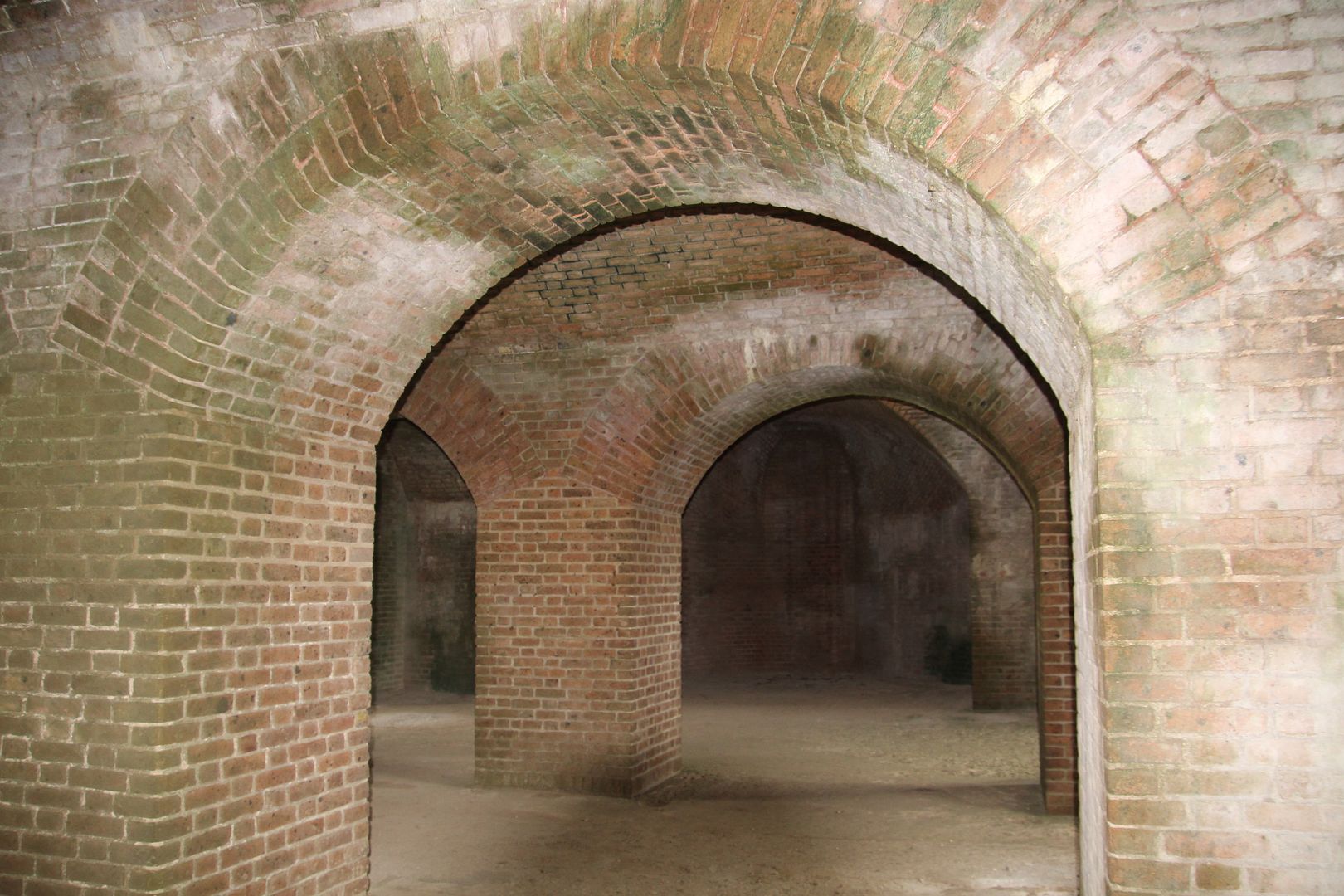
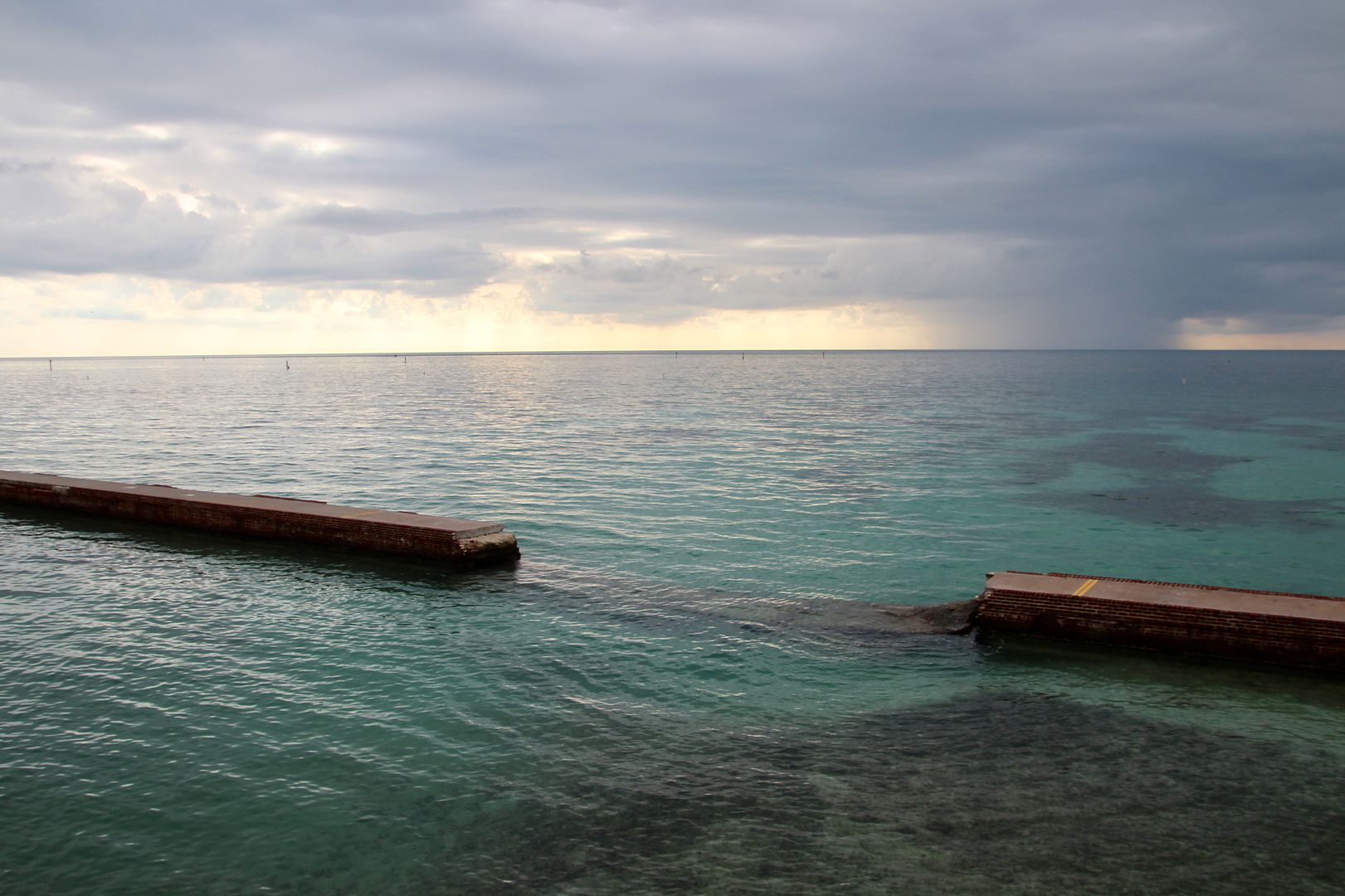
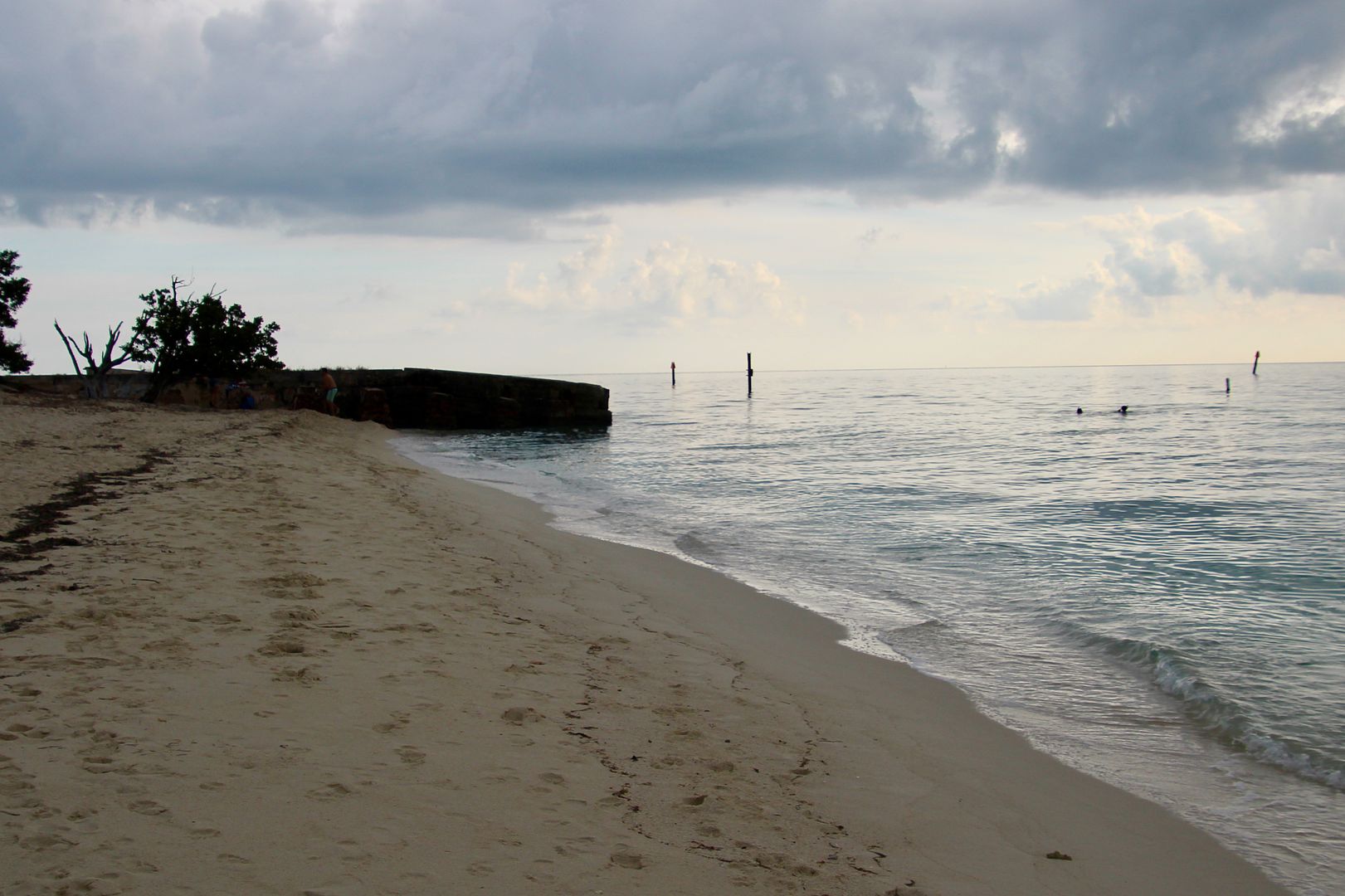

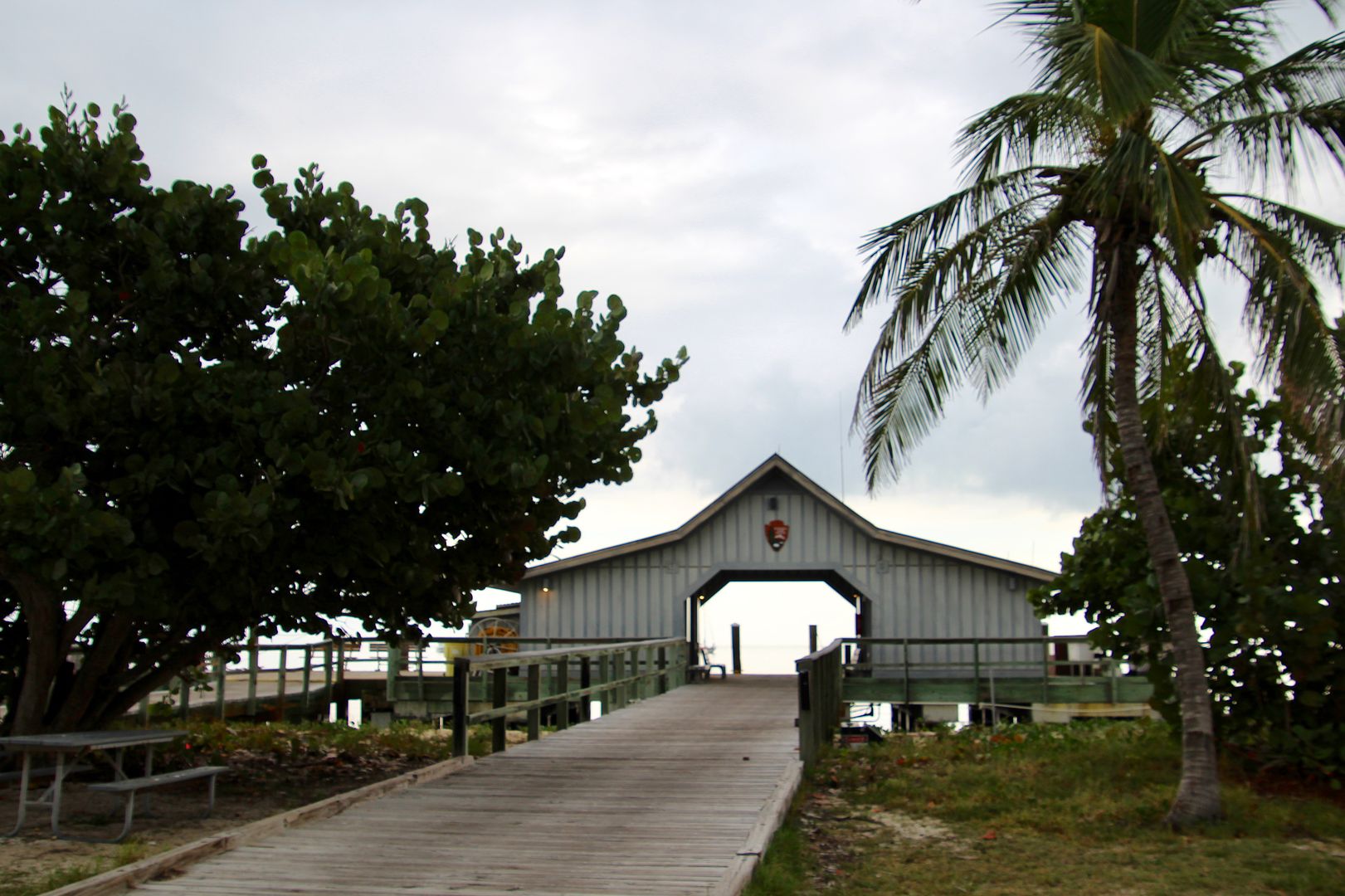
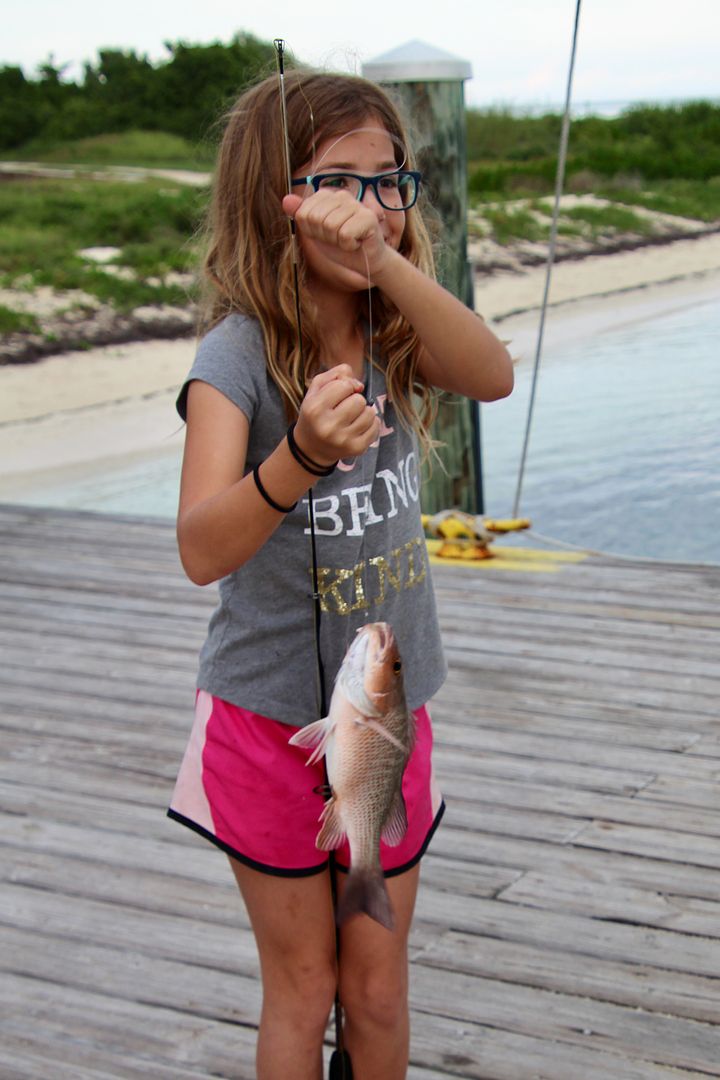
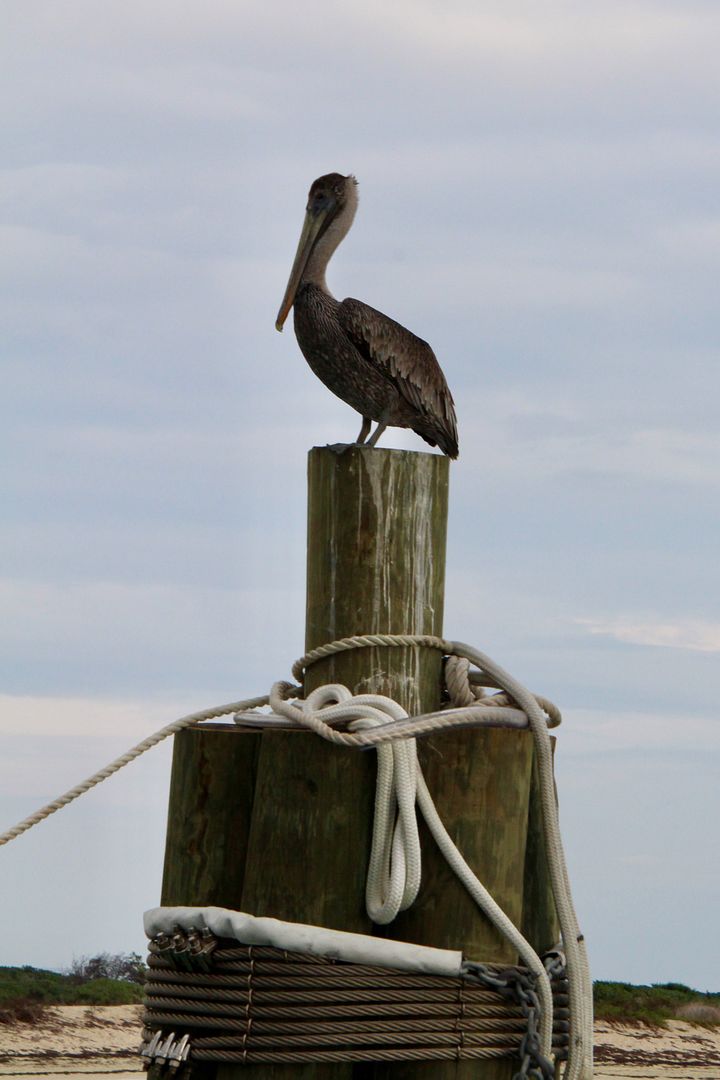
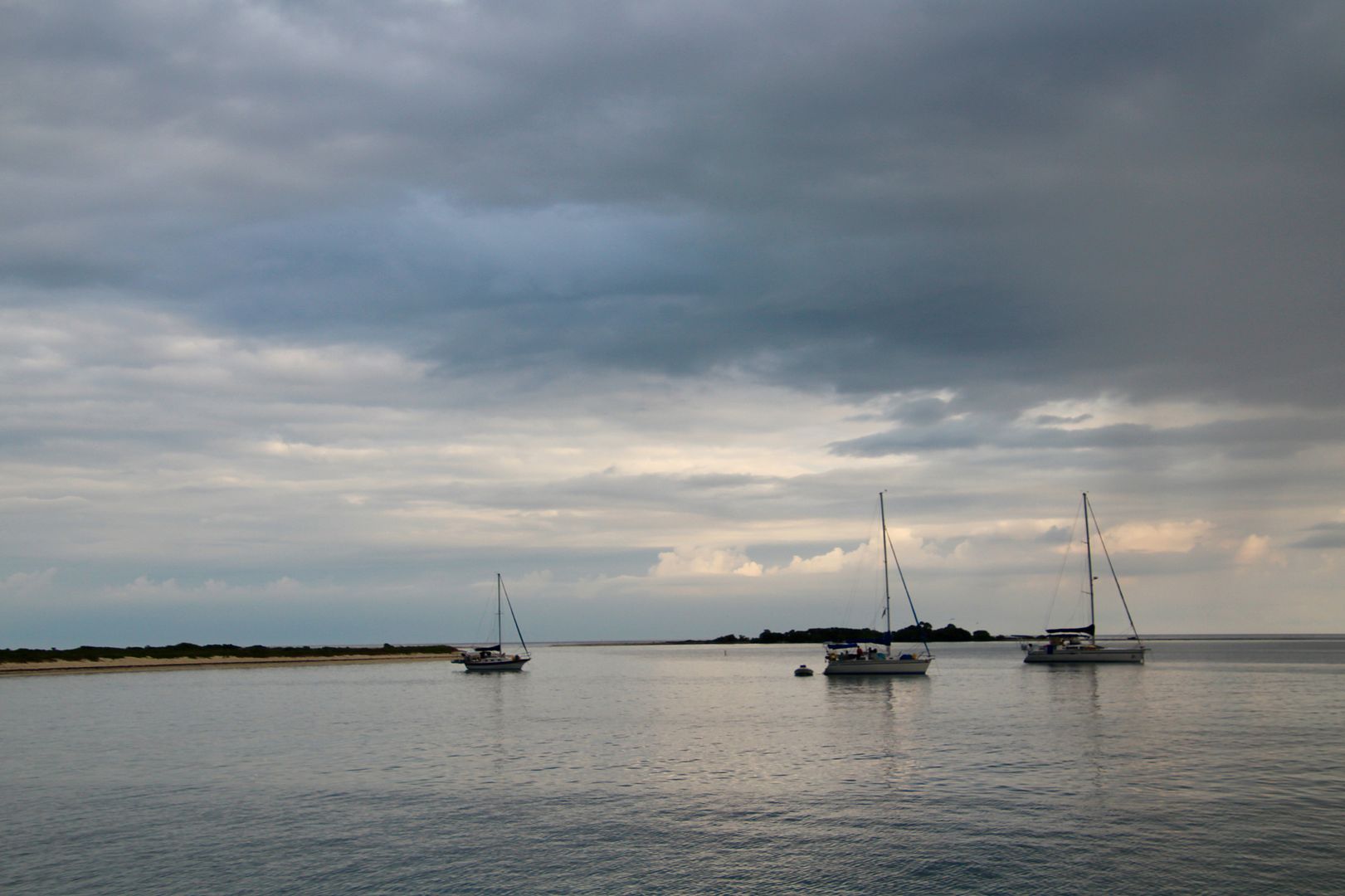
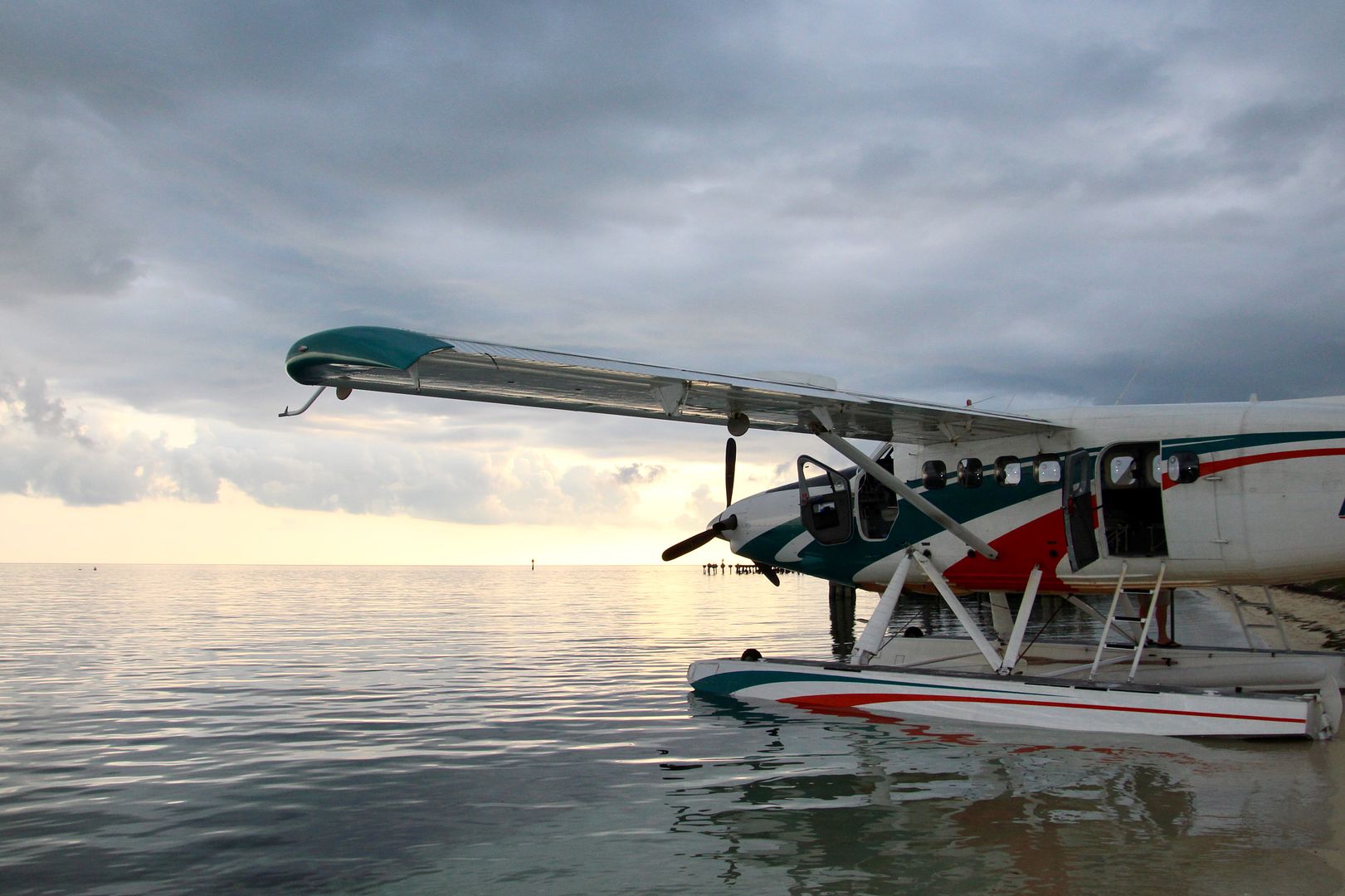
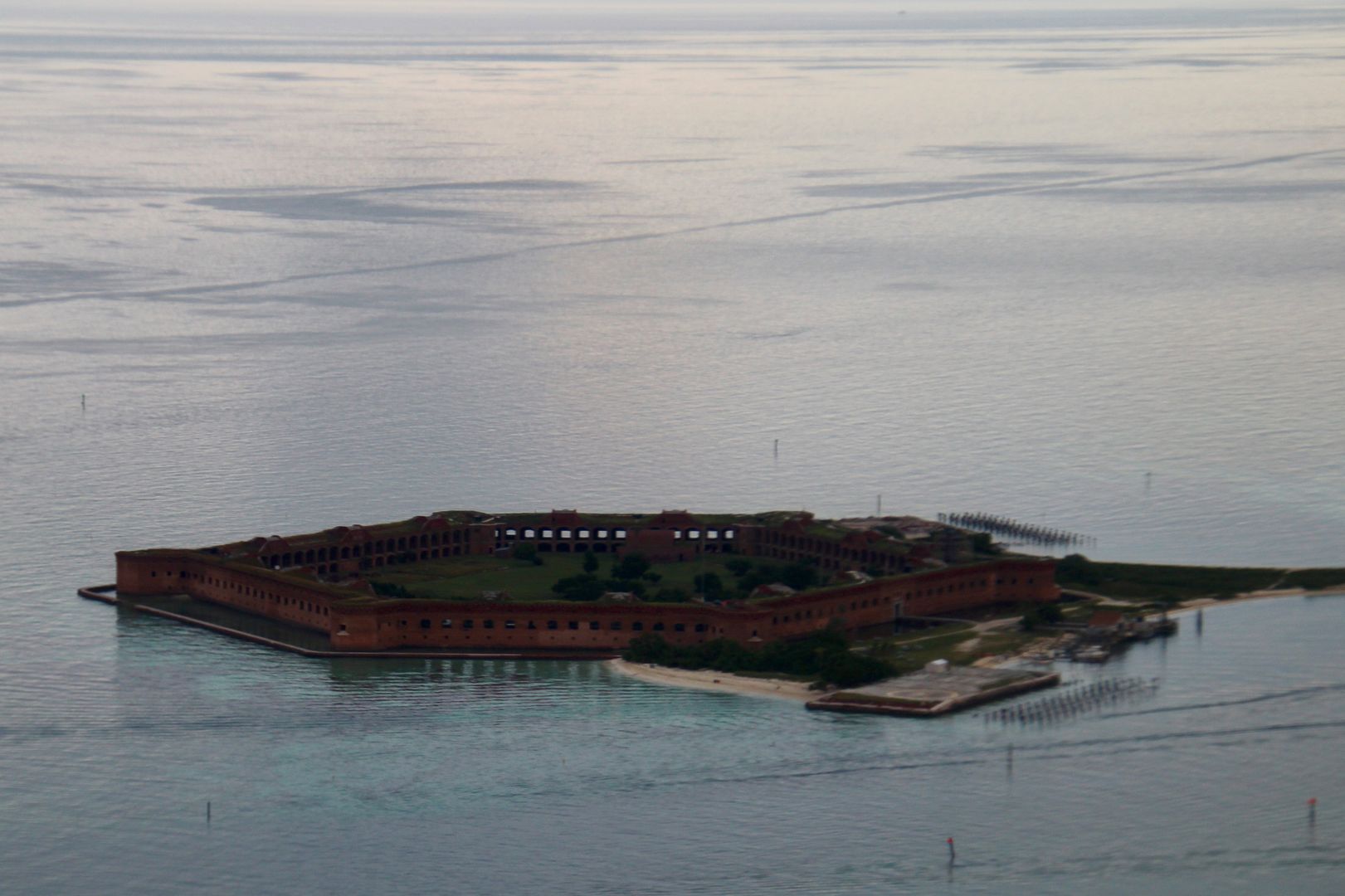
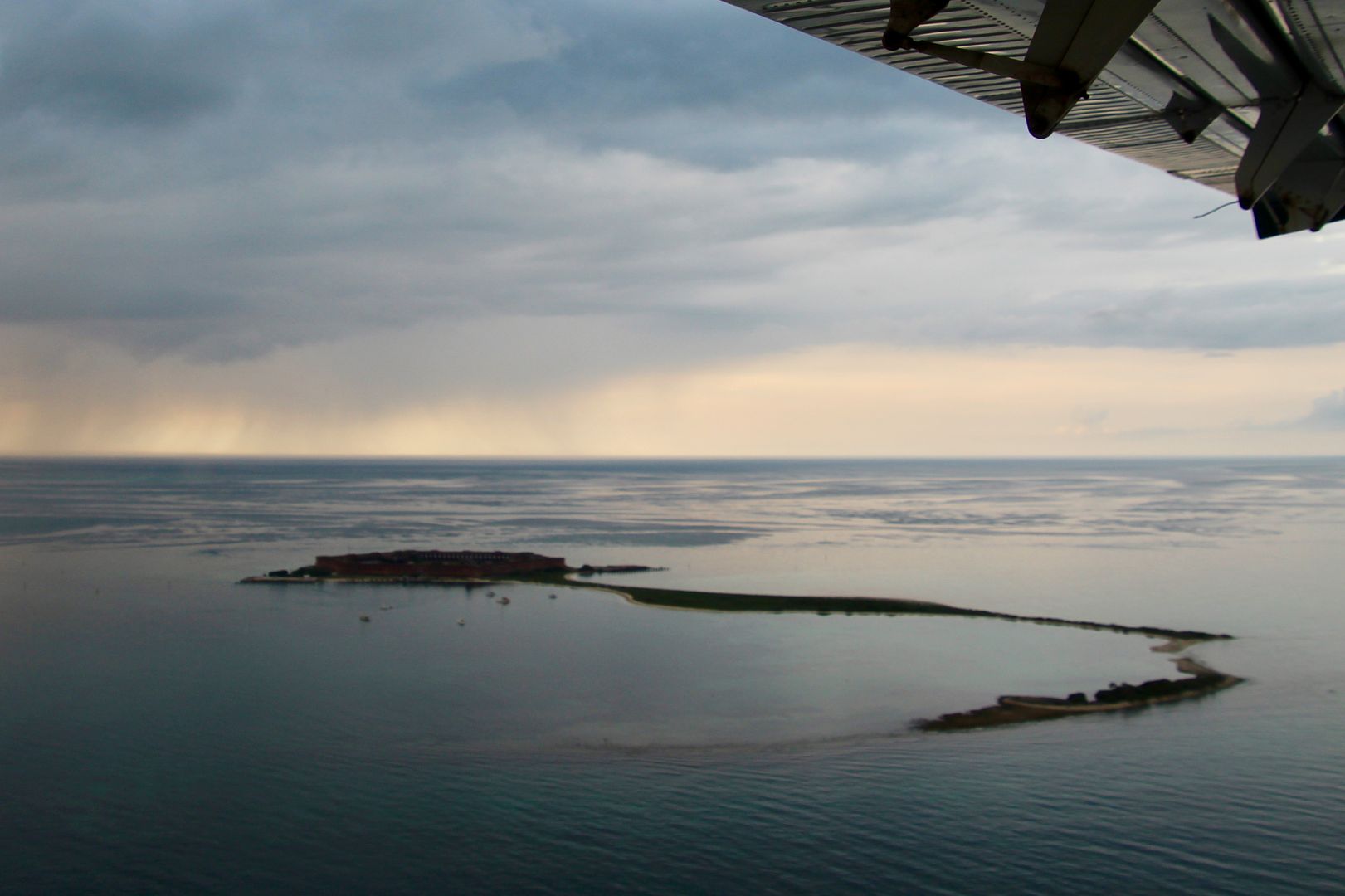
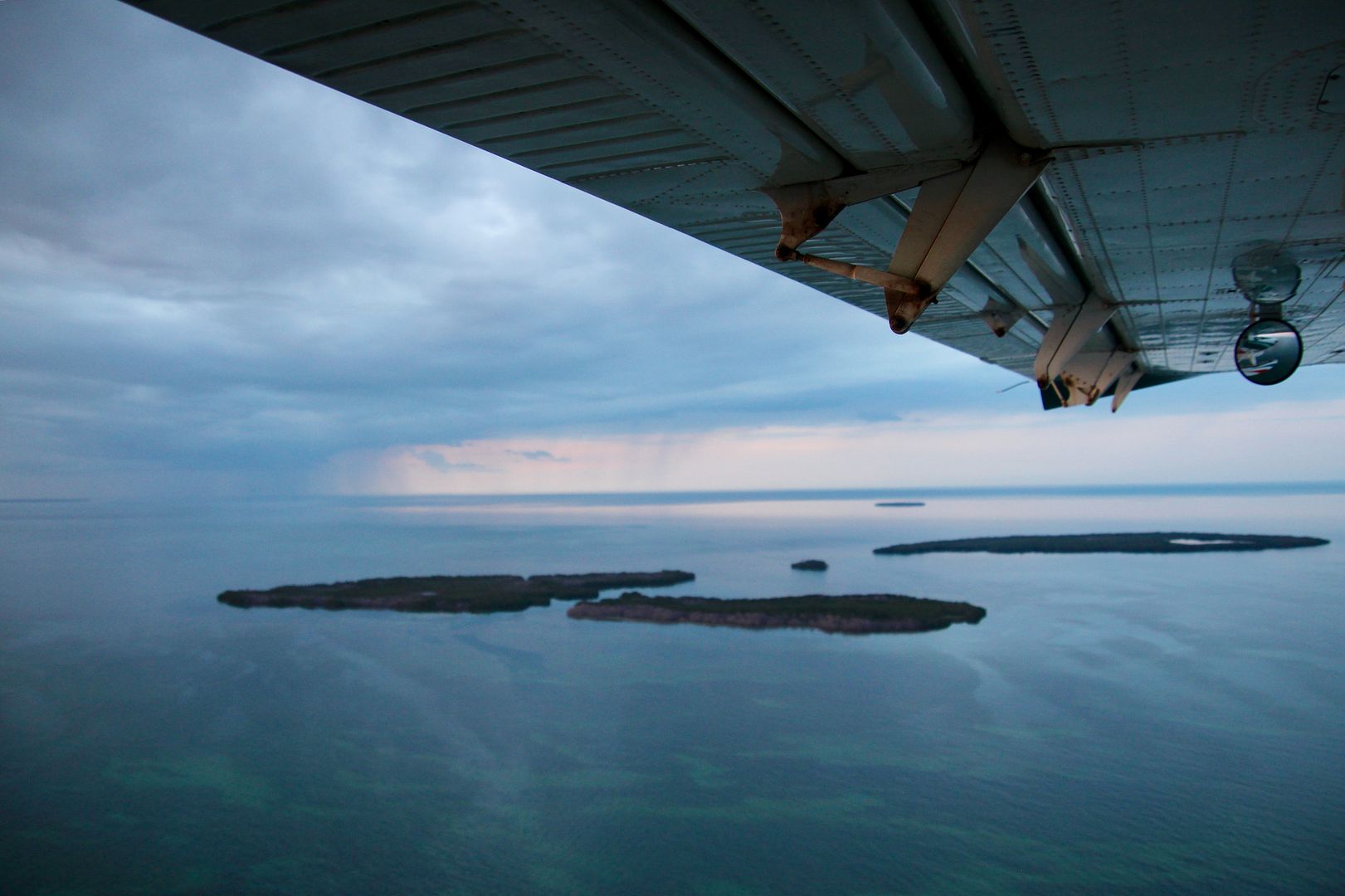
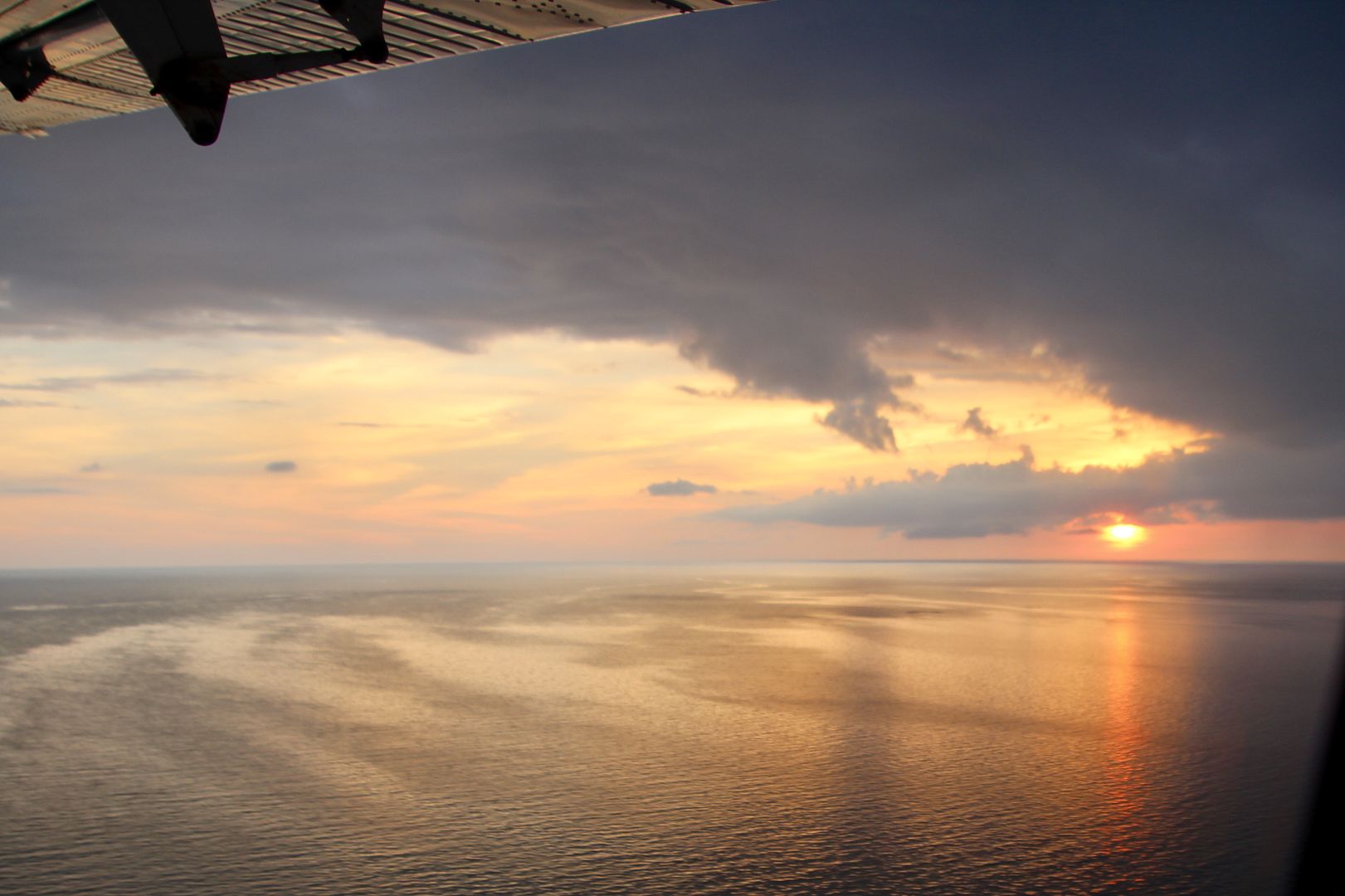
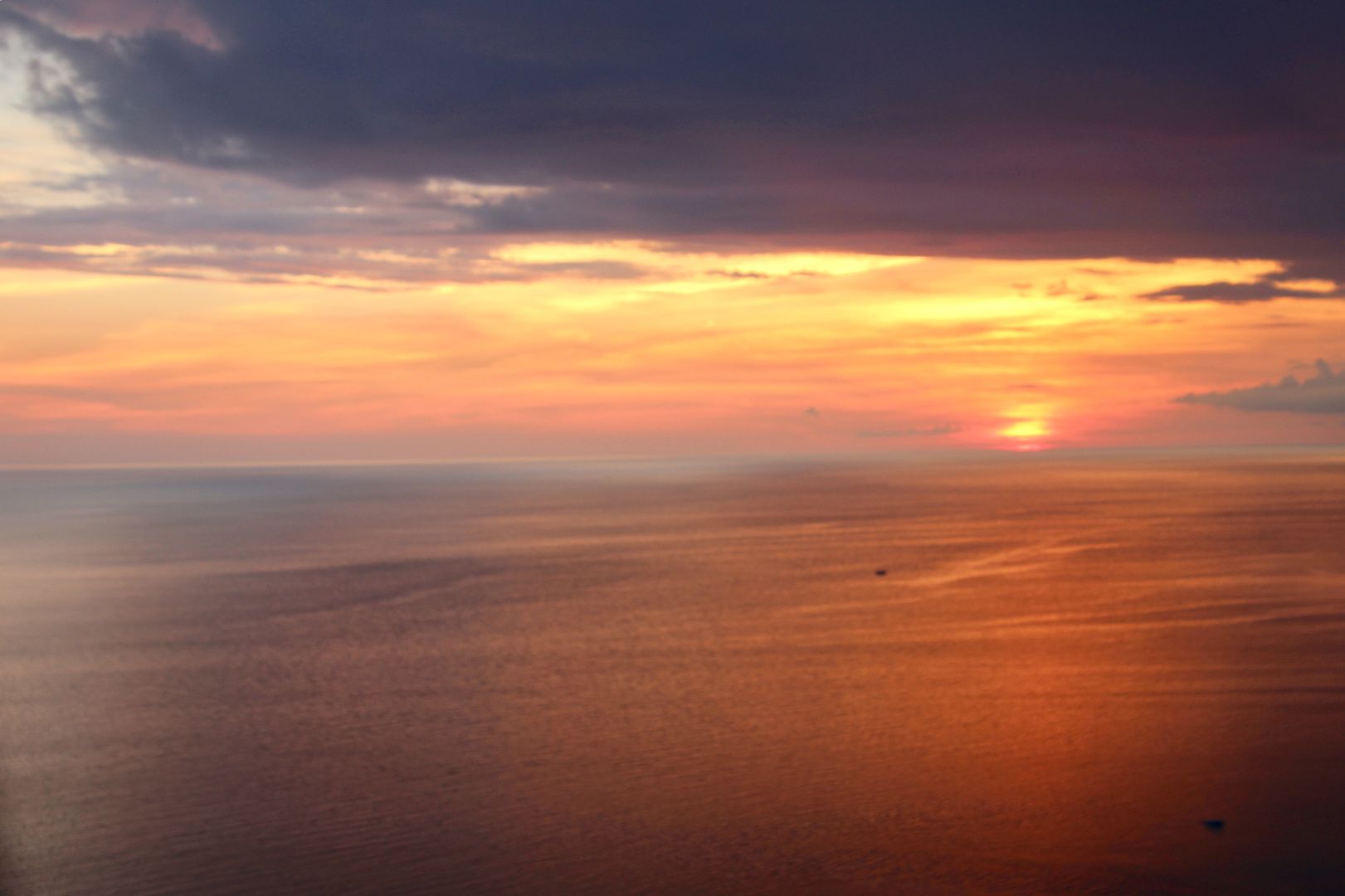
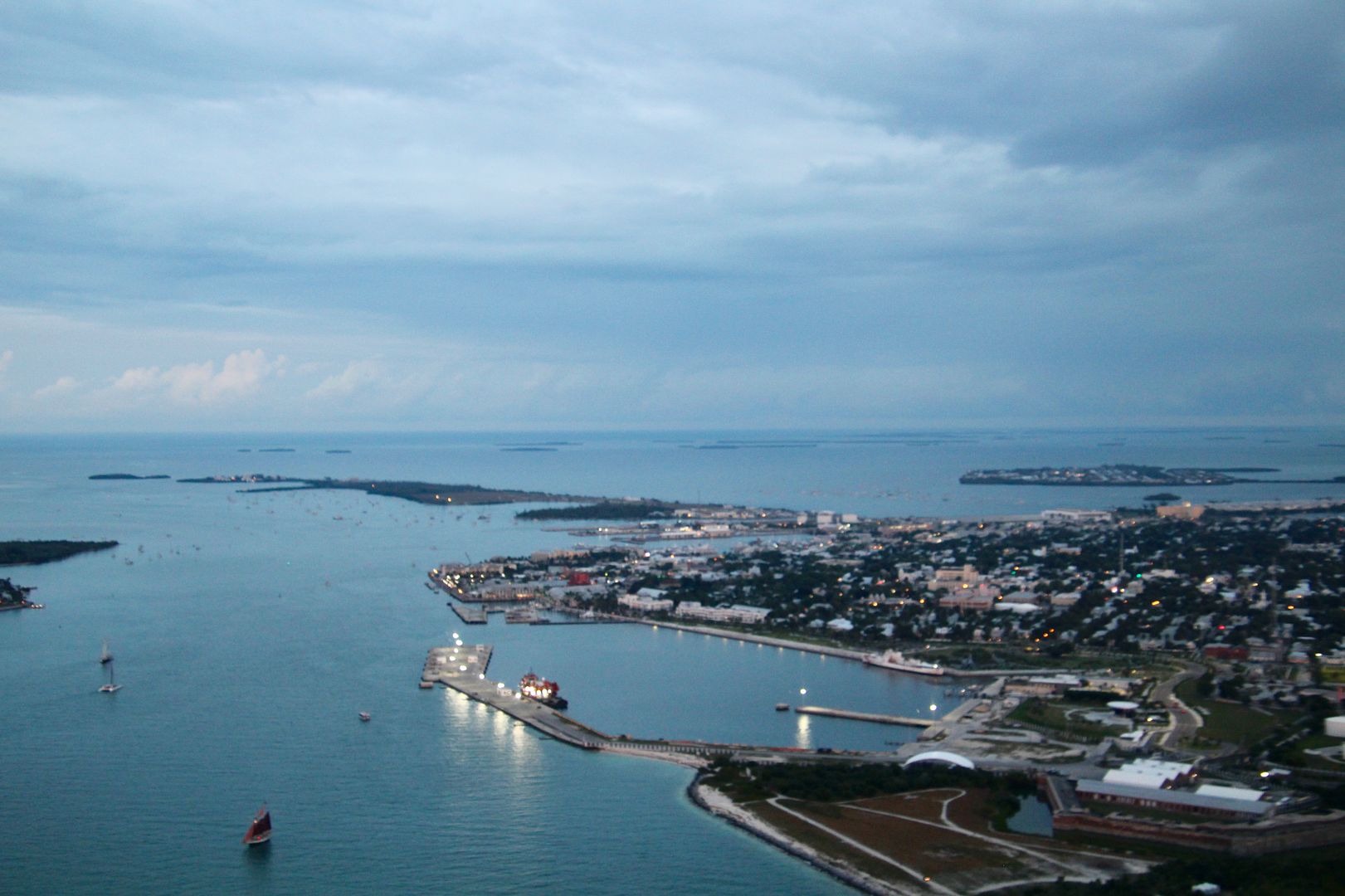
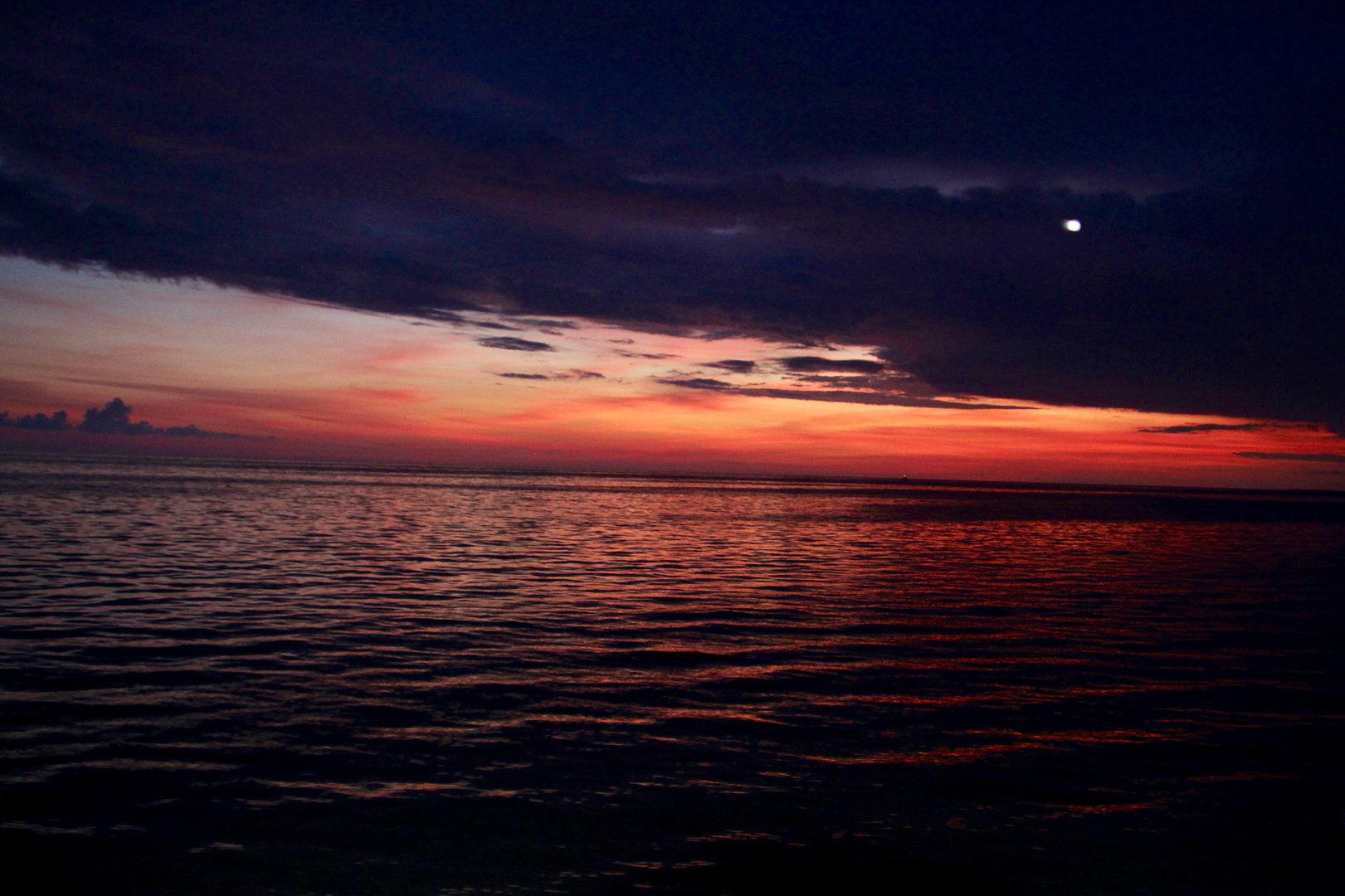
Nice post. We took the boat when we went. Seeing everything from the sky would have been great.
ReplyDeleteYes, the seaplane definitely added a lot to the experience. Such an interesting place...
ReplyDelete